www.markreecastle.ie
Open in 2024: June, July, Aug, 12 noon-4pm – check in advance, as it is an event and wedding venue.
Fee: Free to visit

donation
Help me to pay the entrance fee to one of the houses on this website. This site is created purely out of love for the subject and I receive no payment so any donation is appreciated!
€10.00
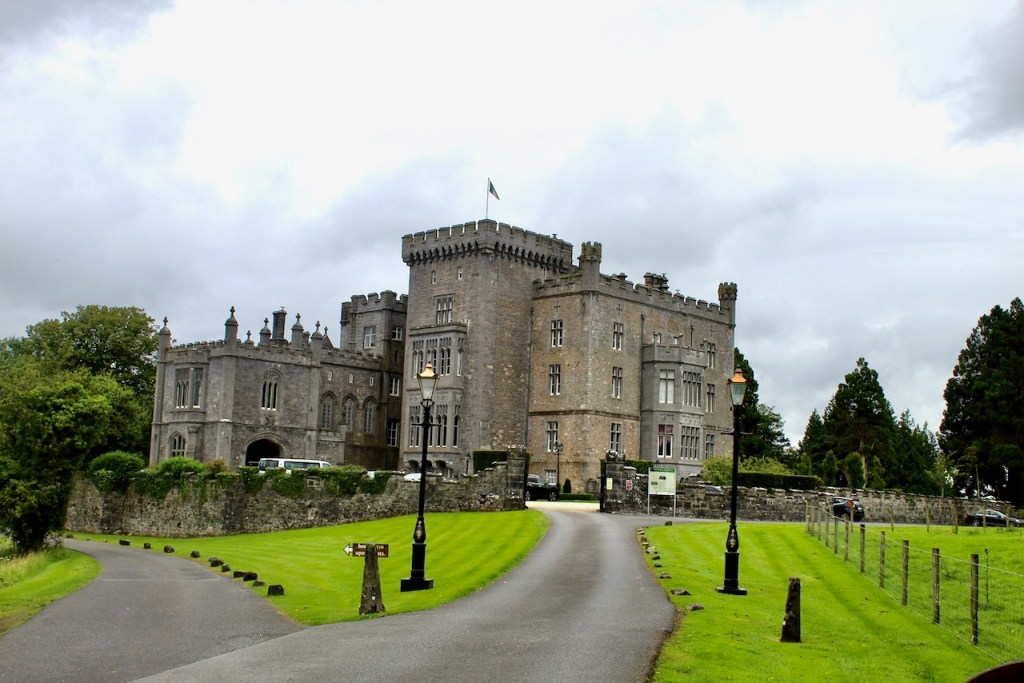
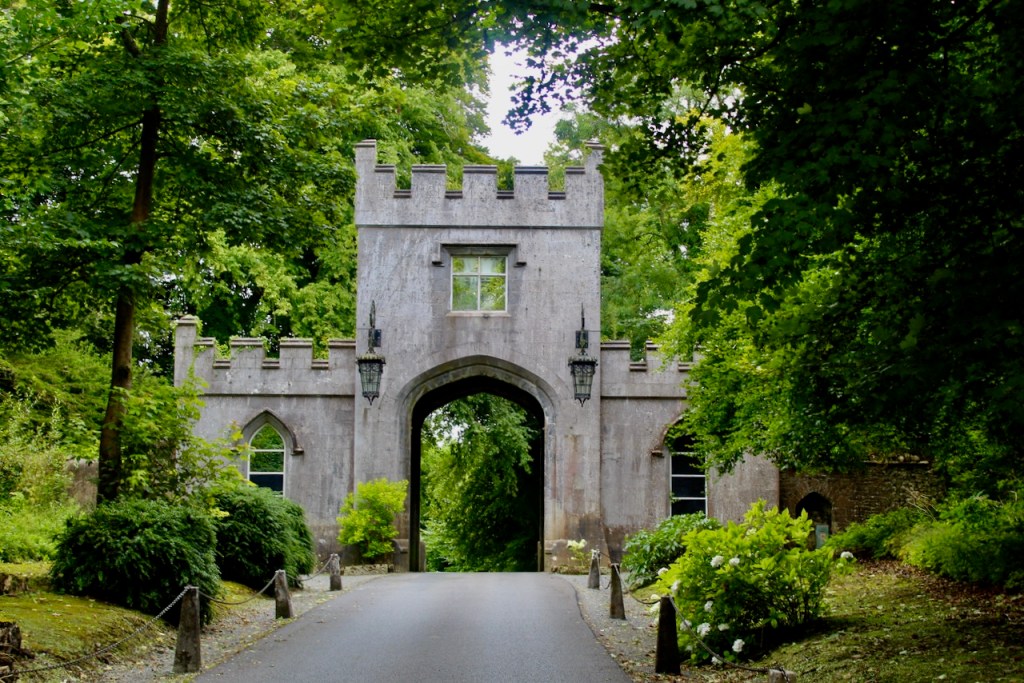
During Heritage Week in 2021, Stephen and I went to County Sligo. We stayed in wonderful B&B accommodation in a historic house, Annaghmore, near Collooney, owned by the O’Haras, who have owned the estate in County Sligo for centuries.

We learned that the O’Haras and the Coopers, who own Coopershill, another section 482 property which we visited during Heritage Week, are related, and Coopers also owned Markree Castle until very recently. In 1989, Charles Cooper, having worked in the hotel business all his life, came back to Markree to renovate the castle and run it as a hotel. In 2015, the Corscadden family purchased the castle and undertook further renovations. This is the same Corscadden family who own Cabra Castle in County Cavan, who so generously upgraded Stephen and me to the honeymoon suite when we stayed! The Corscaddens also own Ballyseede Castle hotel in Tralee, County Kerry (also section 482) and Bellingham Castle in County Louth, which is available as a venue for weddings and events, with accommodation. Unfortunately Markree Castle is too expensive for us to stay in, except perhaps as a very luxurious treat, but I contacted the hotel and we made a date for my visit. When we arrived, however, we were told that they were in the middle of an event and we were asked to return in an hour or two. We took the time to explore the outside, although we were unable to access the gardens, which seem to be only accessible through the castle.
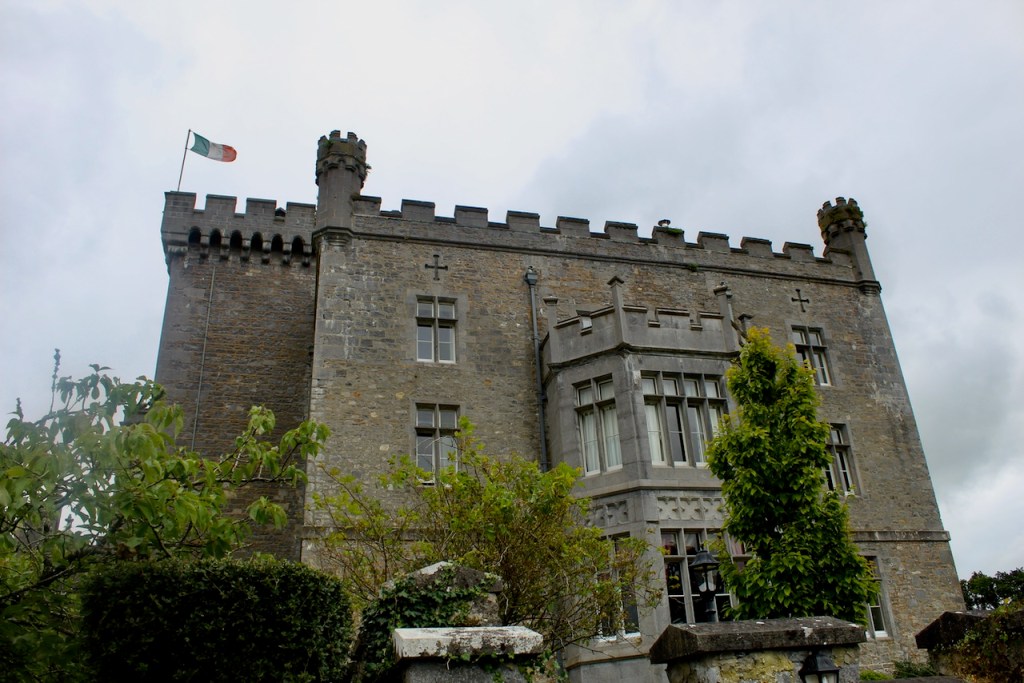
We wandered across the Unsin River to the stable complex, which has also been renovated for rental accommodation. We learned later that this accommodation is not part of Markree Castle hotel. In Mark Bence-Jones’s entry in his A Guide to Irish Country Houses (published in 1988), he writes in the supplement that Edward Cooper and his wife moved into a new Georgian style house in the yard. The stables are now called Markree Homefarm Apartments and are available for rental accommodation. [2]
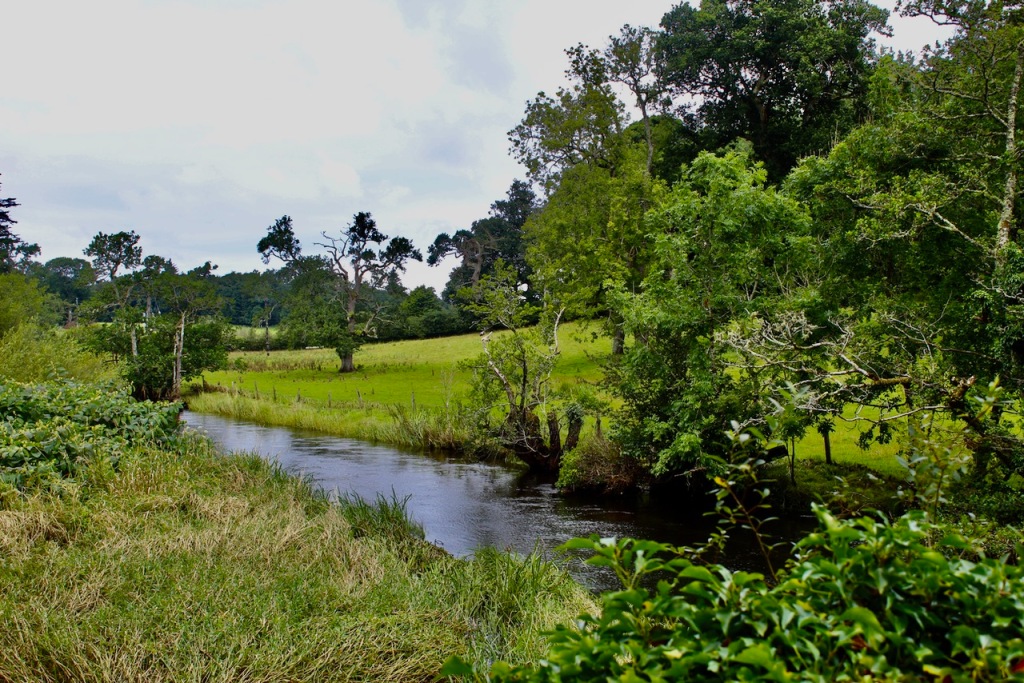


The castle replaced an earlier residence, which the Landed Estates website of National University of Ireland Galway tells us was called Mercury. [3] The first Cooper to own the property was Edward Cooper (died 1676), an officer in Lord Collooney Richard Coote’s regiment in Oliver Cromwell’s army. He was given the land at Markree, previously owned by the McDonaghs, as payment for his soldiering. He married the widow of an O’Brien killed by Cromwell’s army. She was called Mary “Rua” (Red Mary), and she probably married Cooper in order to protect her sons from the Cromwellians. According to the history board outside the castle, Red Mary and Edward Cooper lived first in Luimneach Castle (Luimneach is the Irish for Limerick), which one of her sons inherited, while the other inherited Markree. In his online blog, Patrick Comerford identifies Mary Rua’s husband as Conor O’Brien, and writes that it was Dromoland Castle that Mary Rua’s son inherited. [4] In the family tree on the information boards, Edward Cooper also married Margaret Mahon, from County Roscommon. This accords with The Peerage website, but according to that website, Arthur, Edward’s son who inherited Markree, was Margaret Mahon’s son and not the son of Red Mary. According to The Peerage, Edward’s son Richard lived in Knocklong, County Limerick. [5]
During the Williamite wars at the end of the 17th century, Markree Castle was occupied by the army of James II. The Coopers returned after William III’s victory at the Battle of the Boyne in 1690.
The Coopers intermarried with other prominent local families, including the Cootes, Wynnes and Synges, and by the 1720s, Joshua Cooper (1694-1757) was one of the largest landowners in Co Sligo, with over 40,000 acres.
Arthur Cooper, who inherited Markree from his father Edward who fought in Cromwell’s army, had a daughter named Anne who married John Perceval (1700-1743) of Temple House in County Sligo, another Section 482 property, which unfortunately we did not get to visit this year. I hope to be able to visit next year! In 1881 Alexander Perceval of Temple House married Charlotte Jane O’Hara of Annaghmore, so the owners of our accommodation are cousins of the owners of Temple House. Furthermore, we visited two other Section 482 properties in Sligo during Heritage Week: Coopershill and Newpark, both of which are also owned by cousins of the O’Haras of Annaghmore!

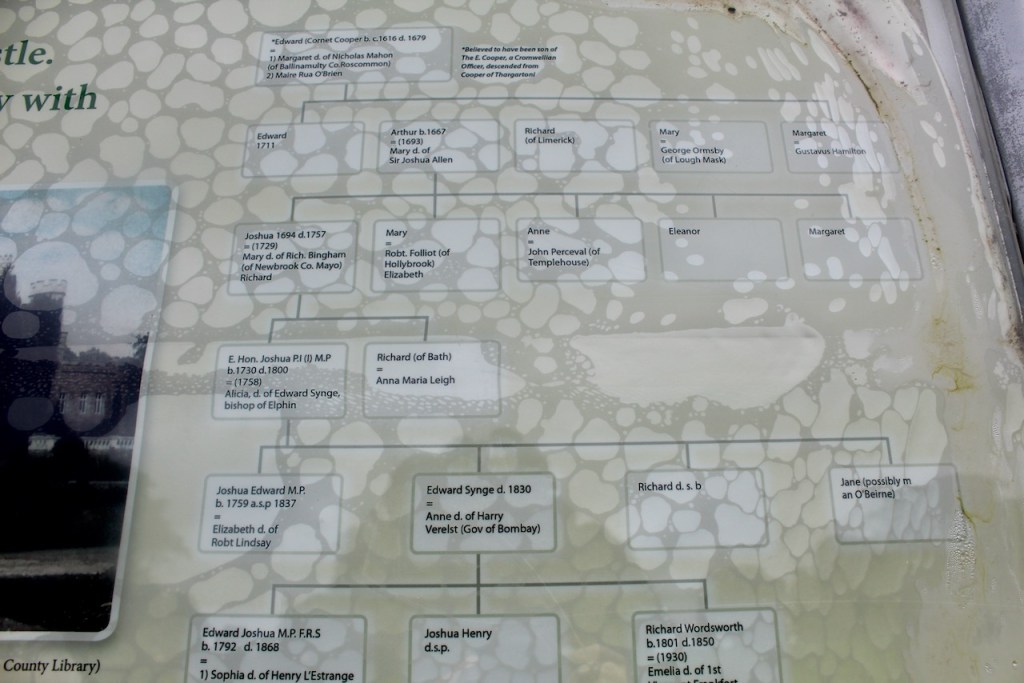
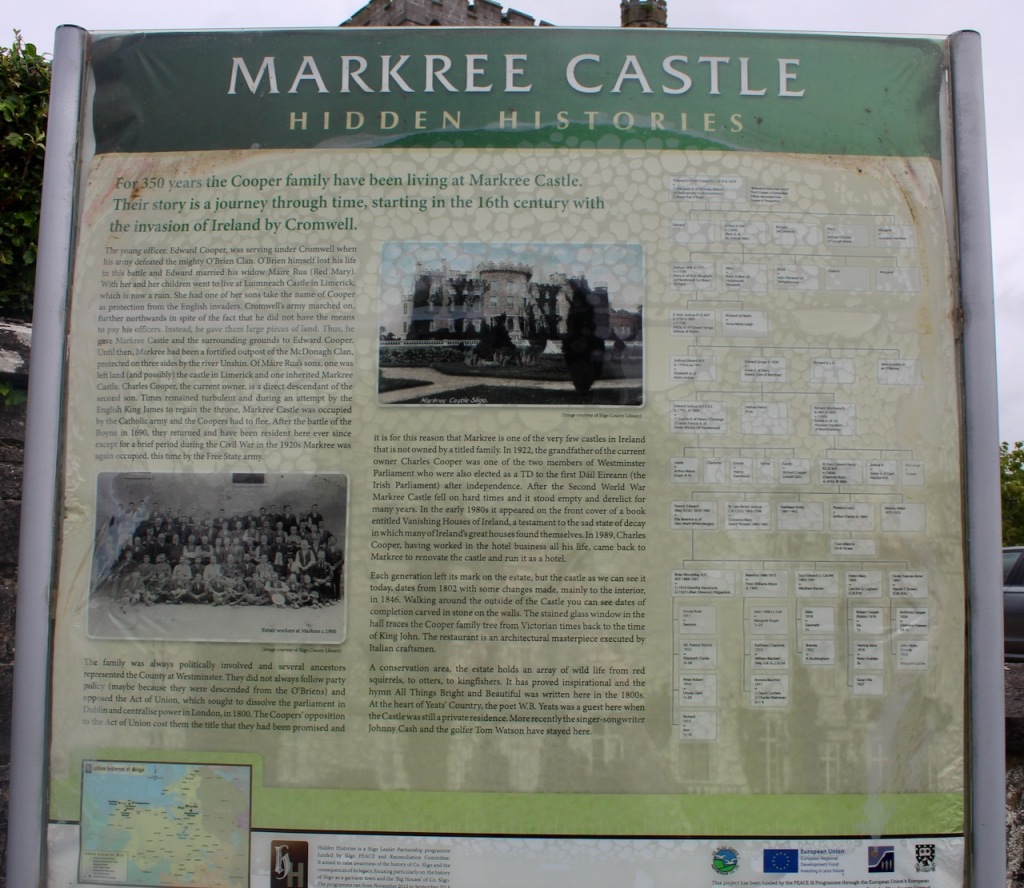
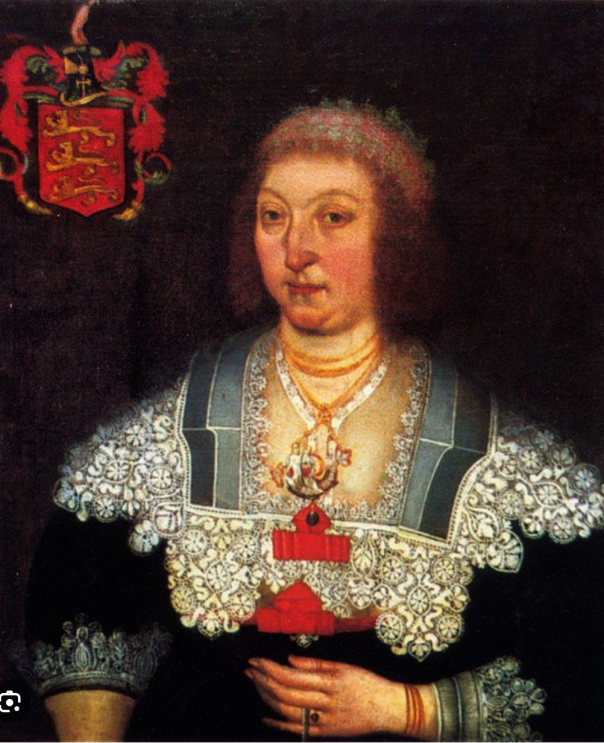
It was Arthur’s great-great-grandson Joshua Edward Cooper (about 1759-1837) who built the castle in 1802 around an earlier structure. Arthur’s son Joshua (1694-1757) married Mary Bingham from Newbrook, County Mayo. His son, another Joshua (1730-1800), was MP for County Sligo and opposed the Act of Union, which abolished the Irish Parliament, so that Ireland was run by the Parliament in London. He married Alicia Synge, daughter and heiress of Edward Synge, Bishop of Elphin, and she brought him a large fortune. [6]
His son Joshua Edward Cooper (about 1759-1837) was also MP for County Sligo in the Irish House of Commons, and after the Act of Union he sat in the House of Commons in London until 1806. According to the Dictionary of Irish Biography, he replaced Catholic leaseholders with Protestants to acquire more voting power, which caused considerable resentment and which may have been the reason that his house was sacked in 1798 during the Rebellion. This may be why he commissioned Francis Johnston to enlarge Markree in 1802, to make it into a castle – it may have needed repair. We came across the work of Francis Johnston (1760-1829) when we visited Rokeby in County Louth. Johnston had been a pupil of the architect Thomas Cooley. At the time when he was commissioned by Joshua Edward Cooper, Johnston had been working on Townley Hall in County Louth, which I was lucky enough to visit recently during the annual Adams auction viewing that is held in the house. It has an amazing staircase and domed rotunda.
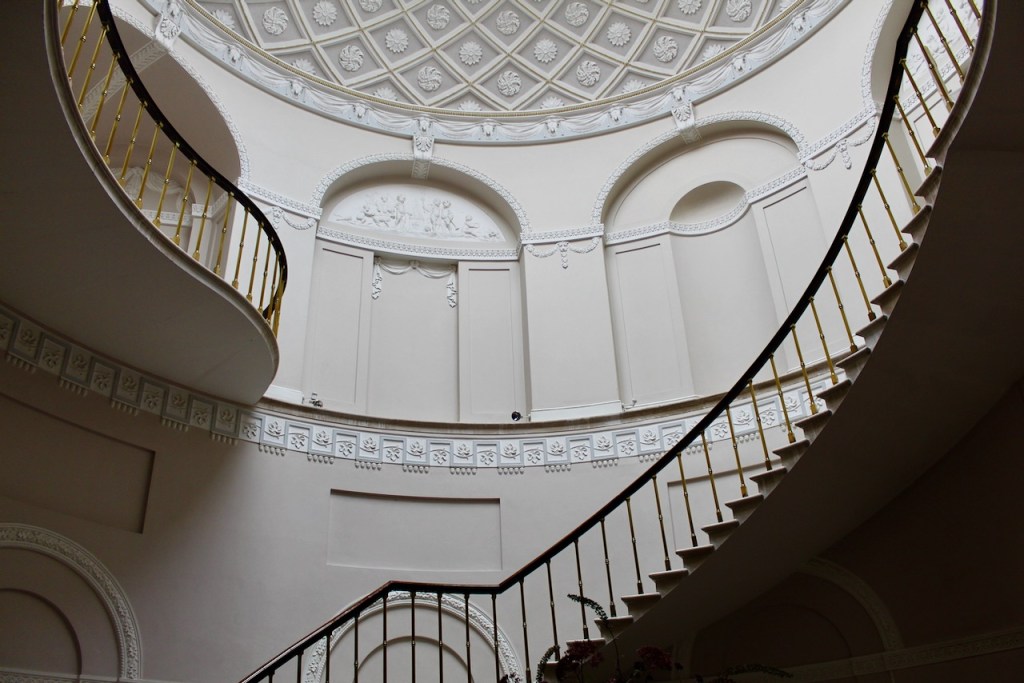
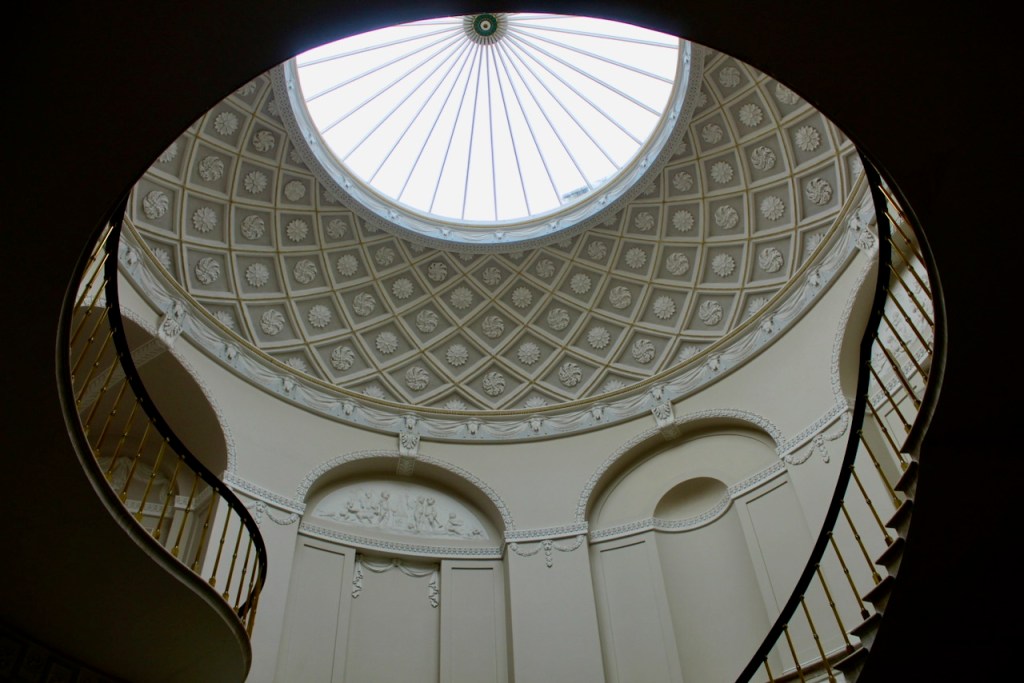
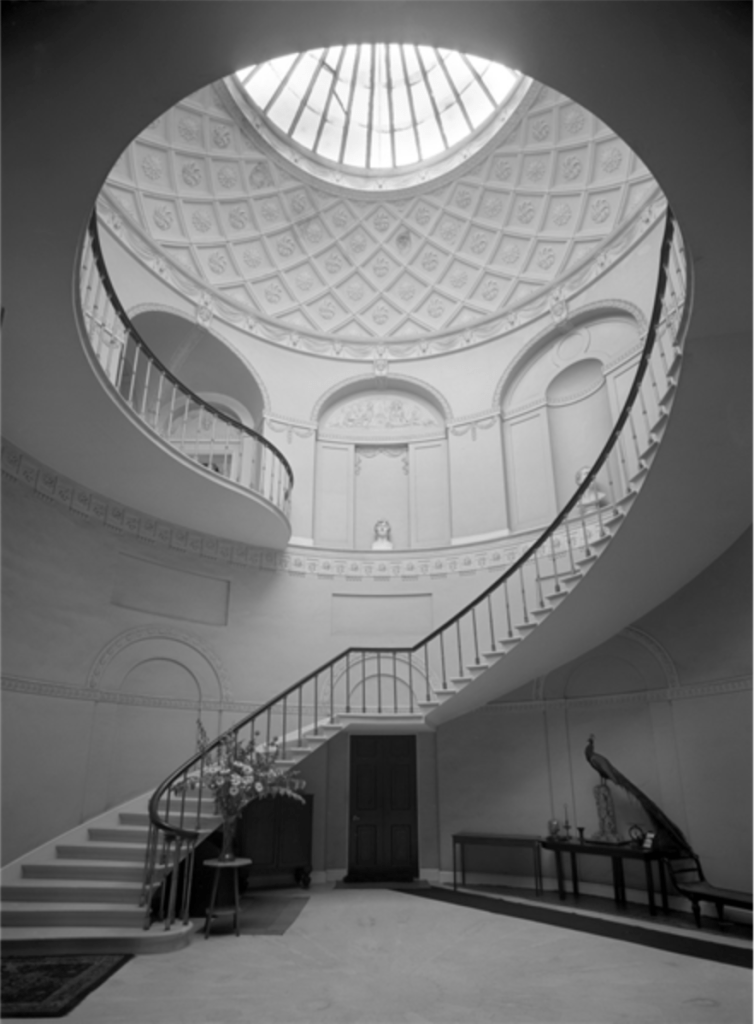
Image Number:
535673
Publication Date:
23/07/1948
Johnston also Gothicized Tullynally Castle in County Westmeath, 1801-1806, and enlarged Killeen Castle in County Meath 1802-1813. He also designed Ballynegall House (1808-1816) in County Westmeath, sadly now just a ruin, and Ballycurry House, County Wicklow (1807), along with many ecclesiastical and civic buildings, including the General Post Office on O’Connell Street in Dublin, in 1814.
The castle is a stone twelve-bay, three-storey over raised basement mansion which contains parts of earlier houses. [7] The bays are easier to count at the back (i.e. the garden front) of the castle. According to Mark Bence-Jones, the original seventeenth century house was rebuilt in the eighteenth century as a three storey block, with a five bay front and a three bay breakfront, and a garden front of one bay on either side of a curved bow. The castle was enlarged in 1802 to a design by Francis Johnston, and then in 1866 enlarged again, to a design by James Maitland Wardrop of Edinburgh. I found it impossible to work out what part of the castle was built when, so I defer to Mark Bence-Jones:
In 1802, Joshua Cooper commissioned Francis Johnston to enlarge this house and transform it into a castle of the early, symmetrical kind. Johnston extended the front of the house to more than twice its original length to form a new garden front with a central curved and Irish battlemented tower; the end bay of the original front and the corresponding bay at the end of Johnston’s addition being raised to give the impression of square corner-towers. The entrance was in the adjoining front, where Johnston added a porch; the garden front, with its bow, was not altered as far as its plan went; but an office wing was built at one side of it, joined to it by a canted link. In 1866, the castle was further enlarged and remodelled by Lt-Col. E.H. Cooper, MP, to the design of Wardrop, of Edinburgh. The garden front bow was replaced by a massive battlemented and machiocolated square tower, increasing the side of the dining room; a new entrance was made at this side of the castle, under a porte-cochere at the end of a 2 storey wing with Gothic windows which was built jutting out from this front. Johnston’s porch was replaced by a 2 storey battlemented oriel, and mullioned windows to match were put in on this and the new entrance front. A Gothic chapel was built where Johnston’s office wing had been. [8]

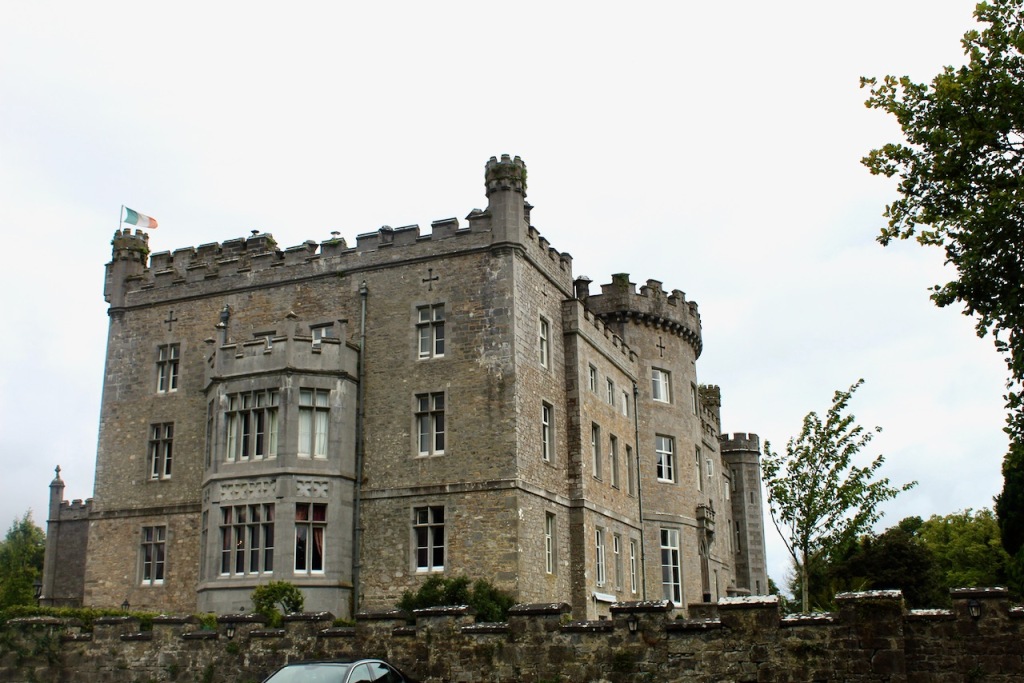
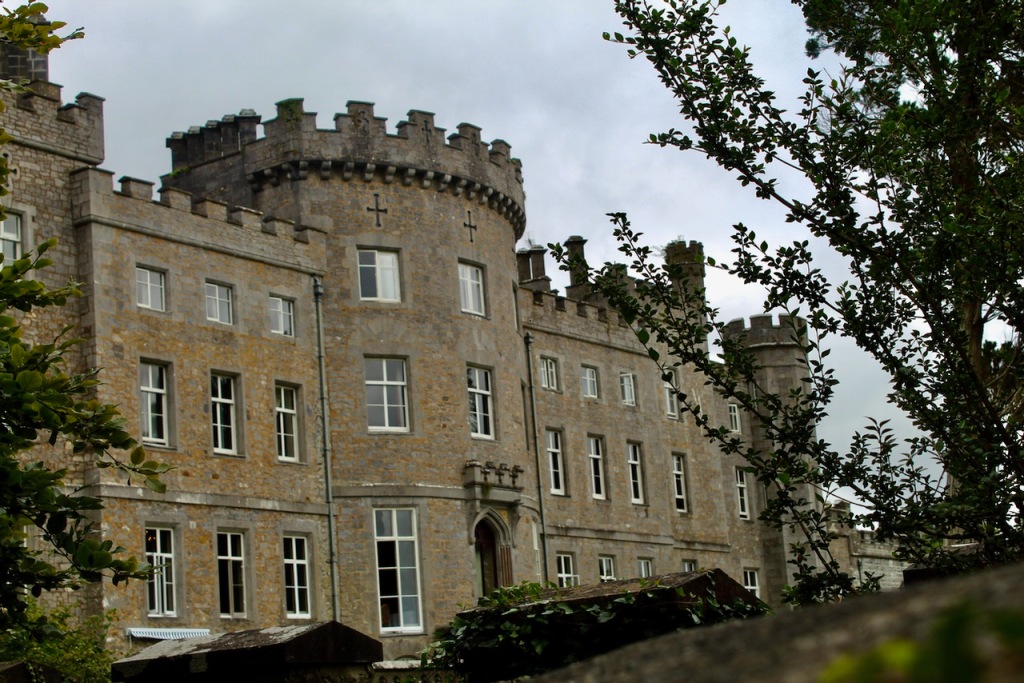
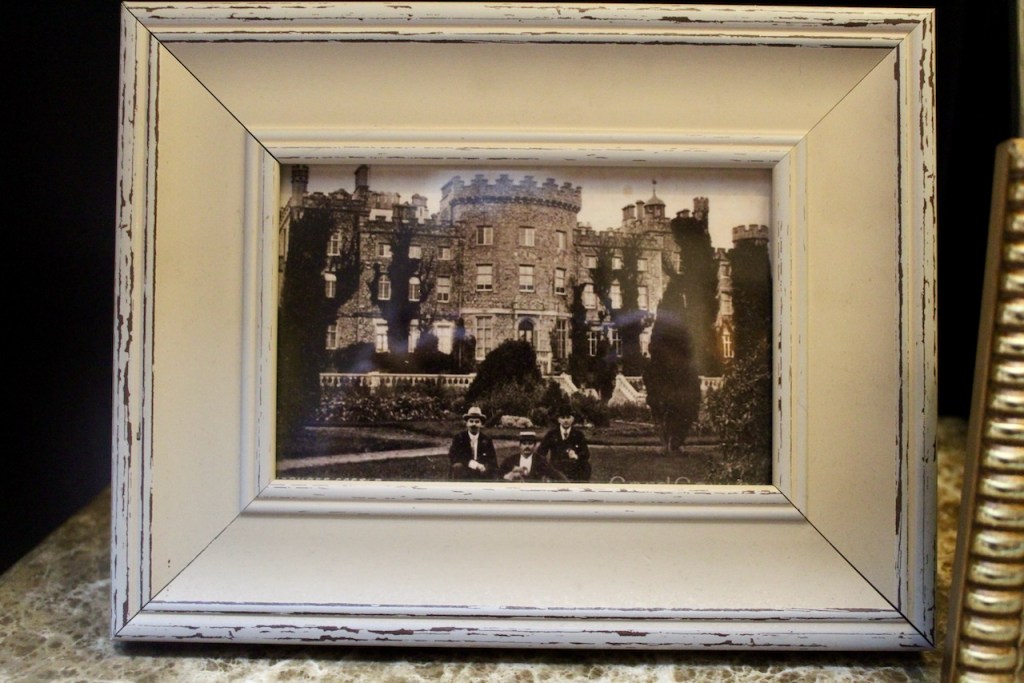

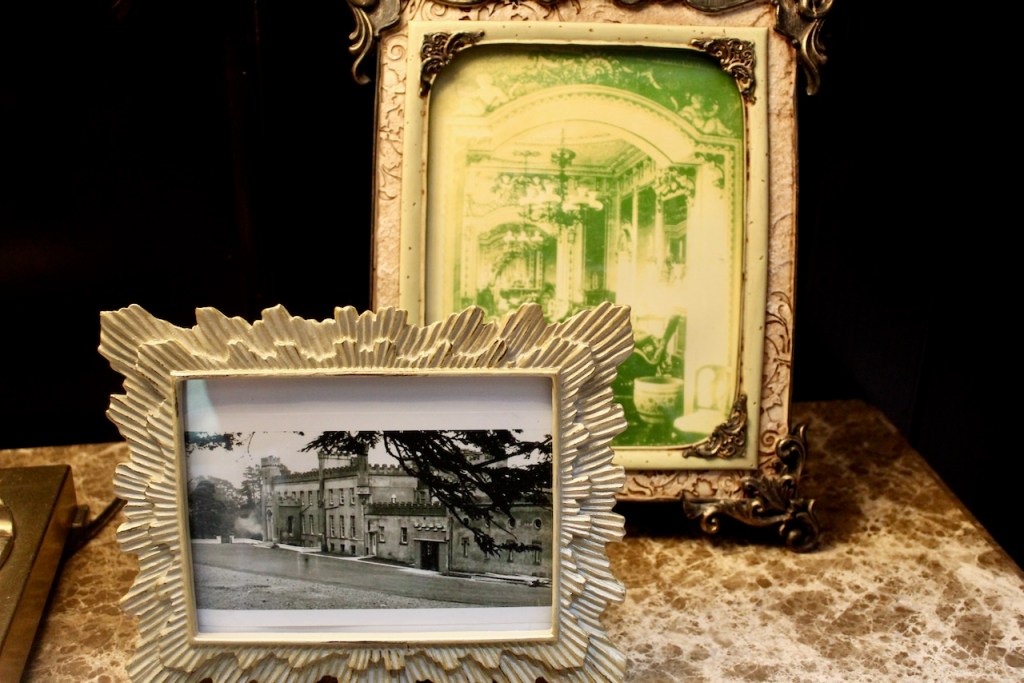
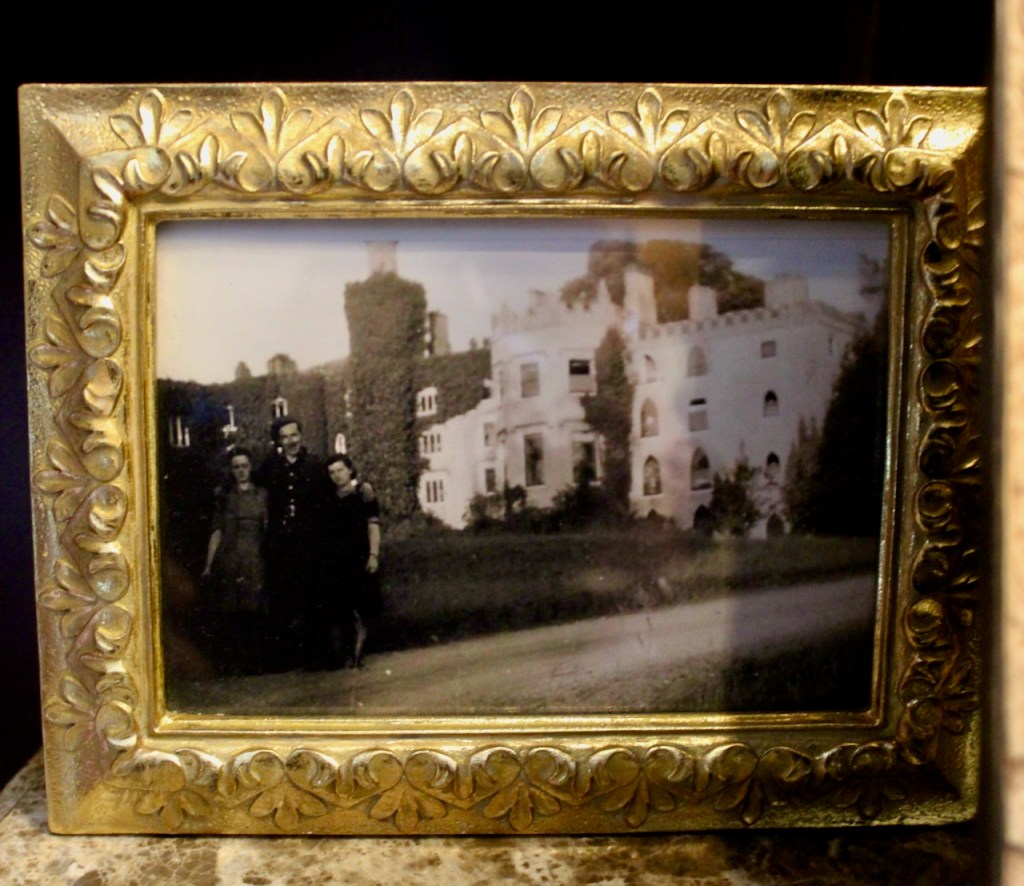

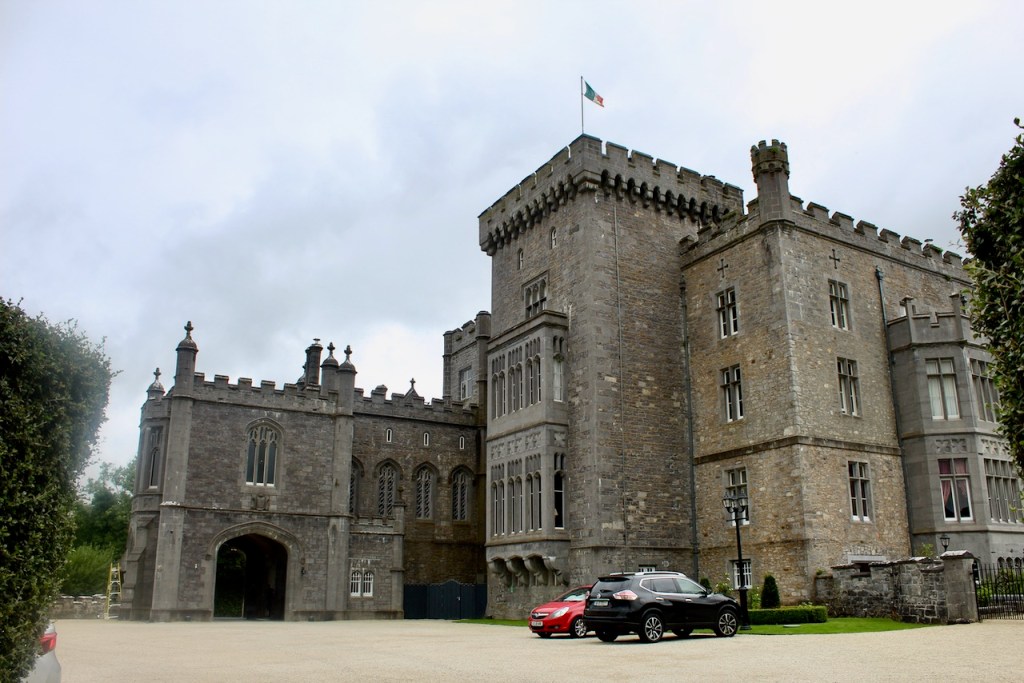
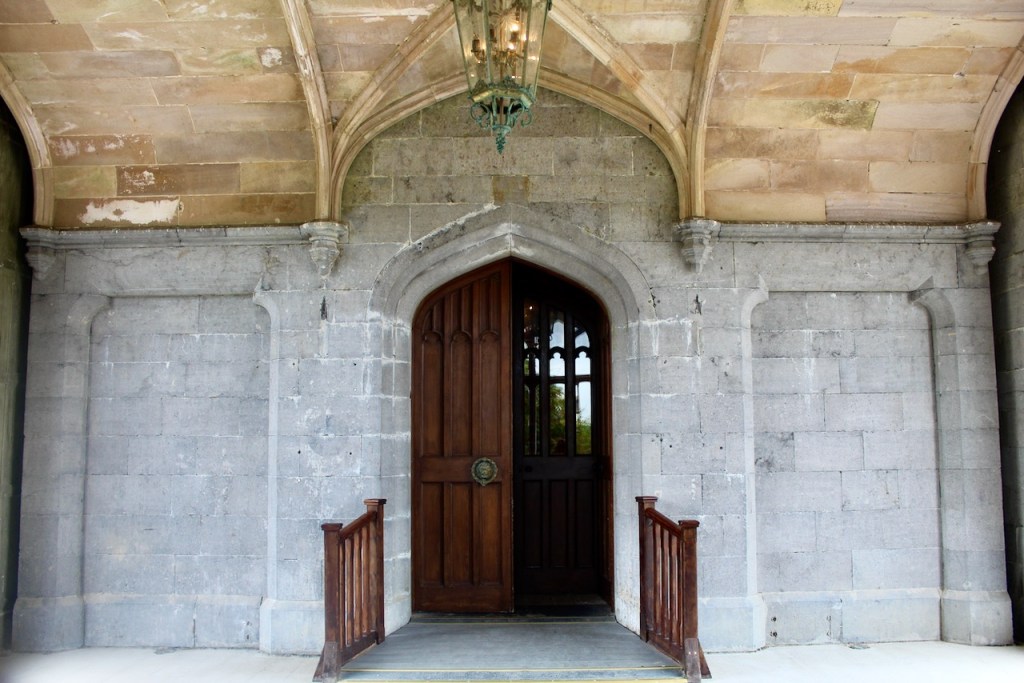
One enters through the arched doorway in the battlemented vaulted stone portico. The doorway leads to a straight flight of stone stairs leading up to the main floor, under an impressive vaulted ceiling.
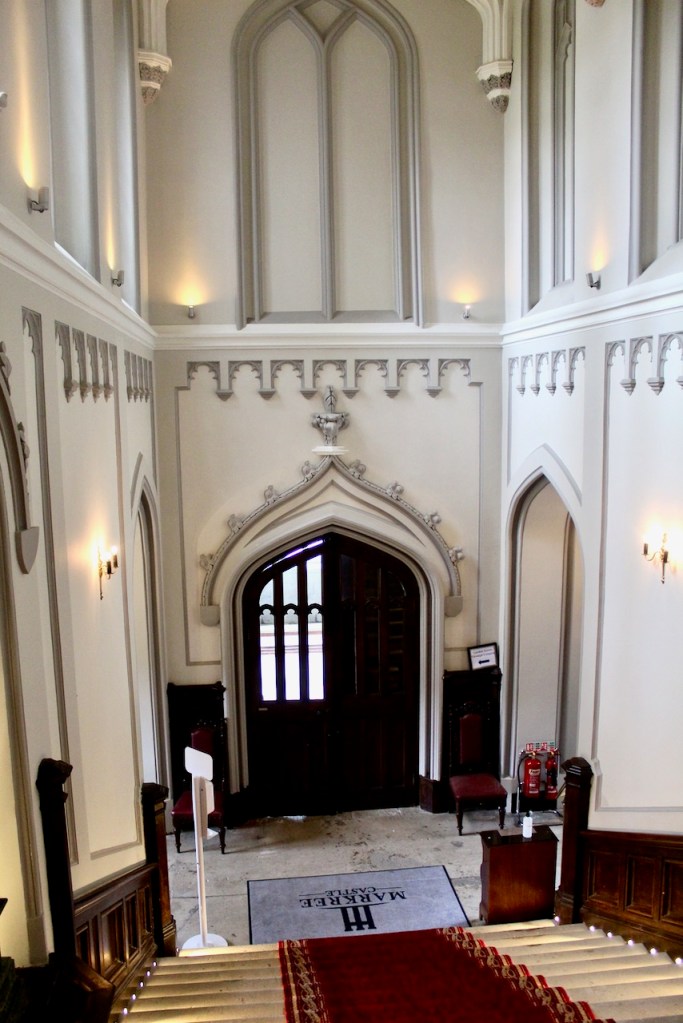

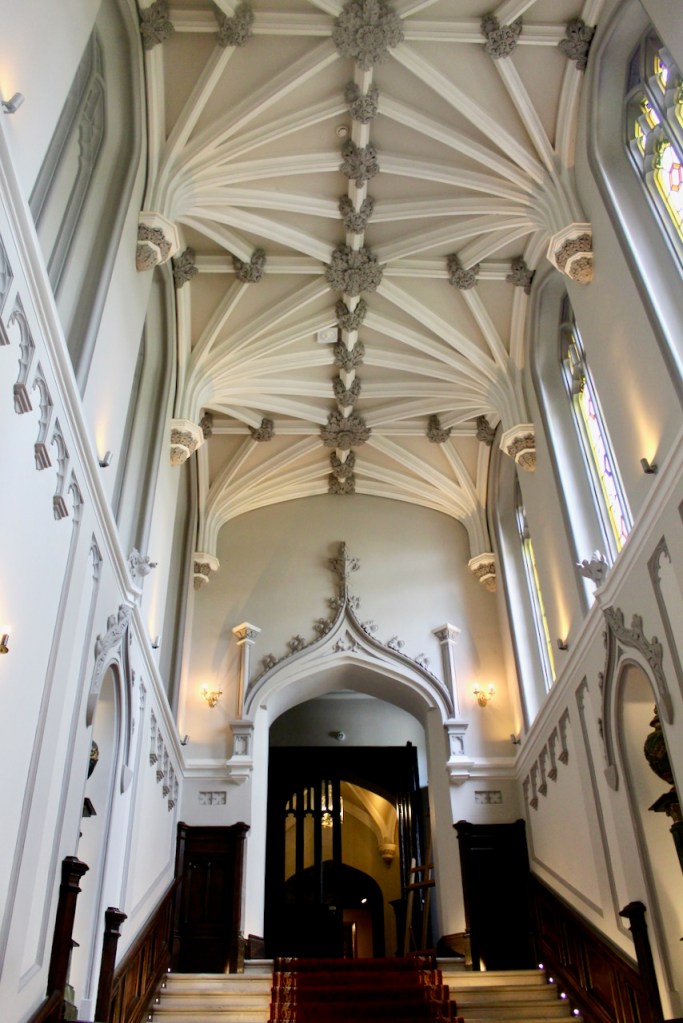
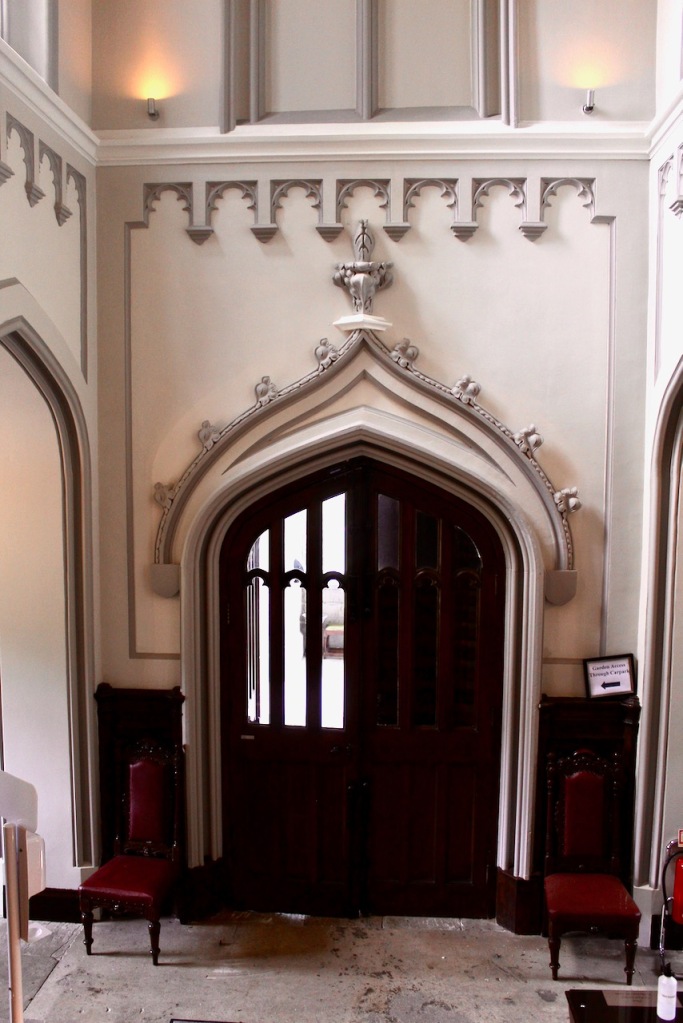
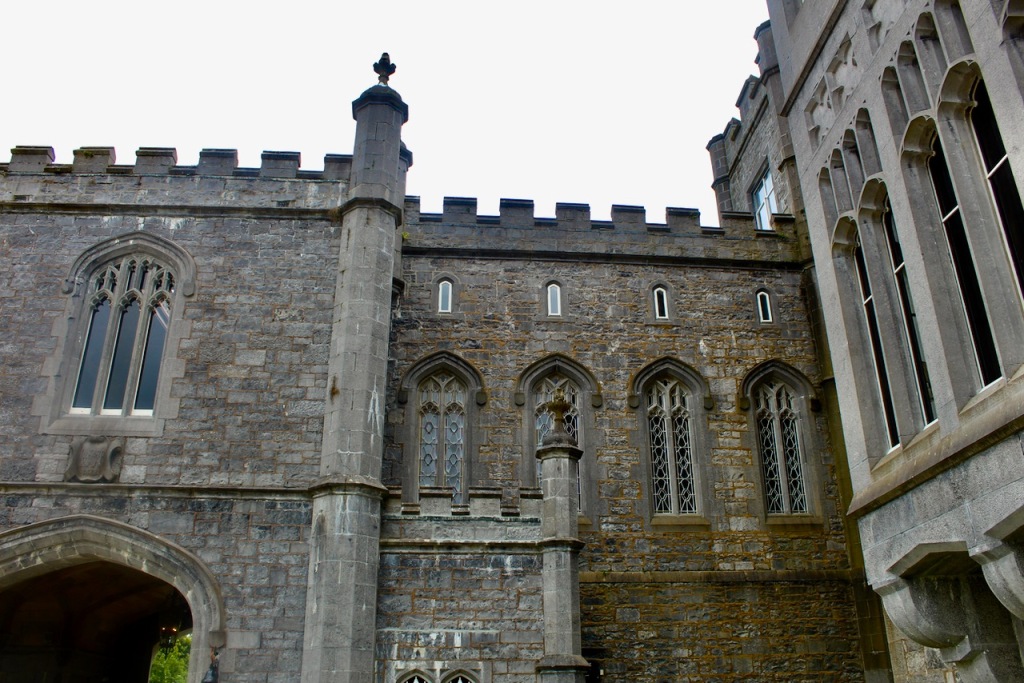

Joshua Edward Cooper (1761-1837) became unwell and his brother Edward Synge Cooper (1762-1830) took over the running of the estate in Sligo and became MP for County Sligo in 1806. Joshua Edward Cooper and his wife Elizabeth Lindsay, daughter of Robert Lindsay, MP, from County Tyrone, had no children, so Edward Synge Cooper’s son, Edward Joshua Cooper (1798-1863), inherited Markree when Joshua Edward Cooper died in 1837. As well as serving in the House of Commons in the UK, Edward Joshua Cooper was an astronomer, who created Markree Observatory. He was influenced by childhood visits to the Armagh Observatory.

Edward Joshua Cooper (1798-1863) had no son, only daughters, so his nephew Edward Henry Cooper (1827-1902), son of his brother Richard Wordsworth Cooper (1801-1850), inherited Markree. When he inherited, he then put his stamp on the castle by having it further enlarged (the Wardrop enlargement).
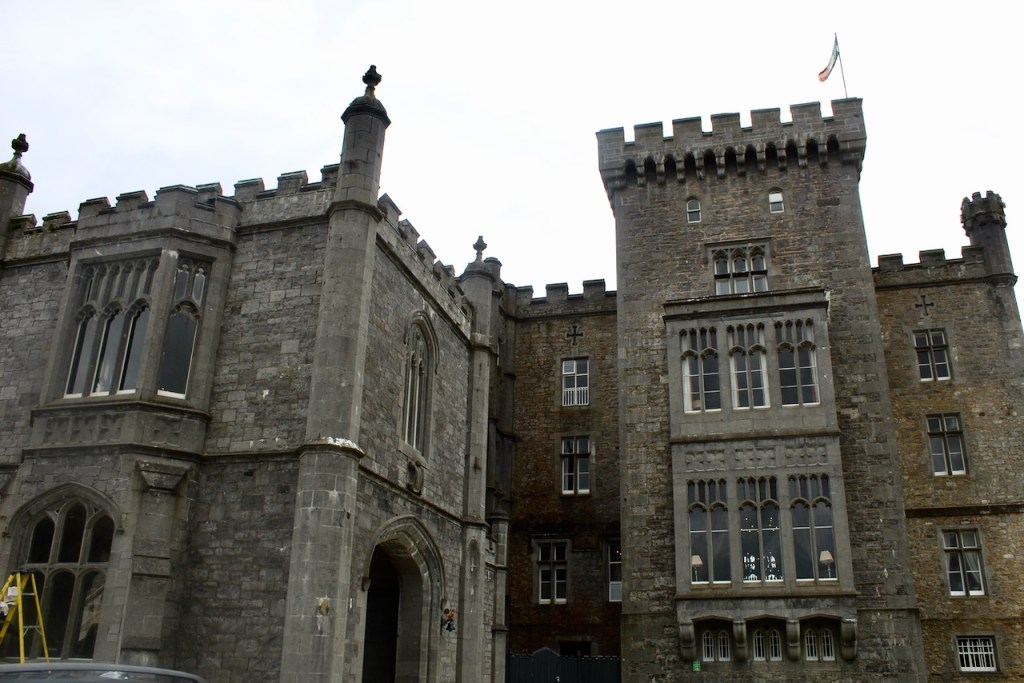
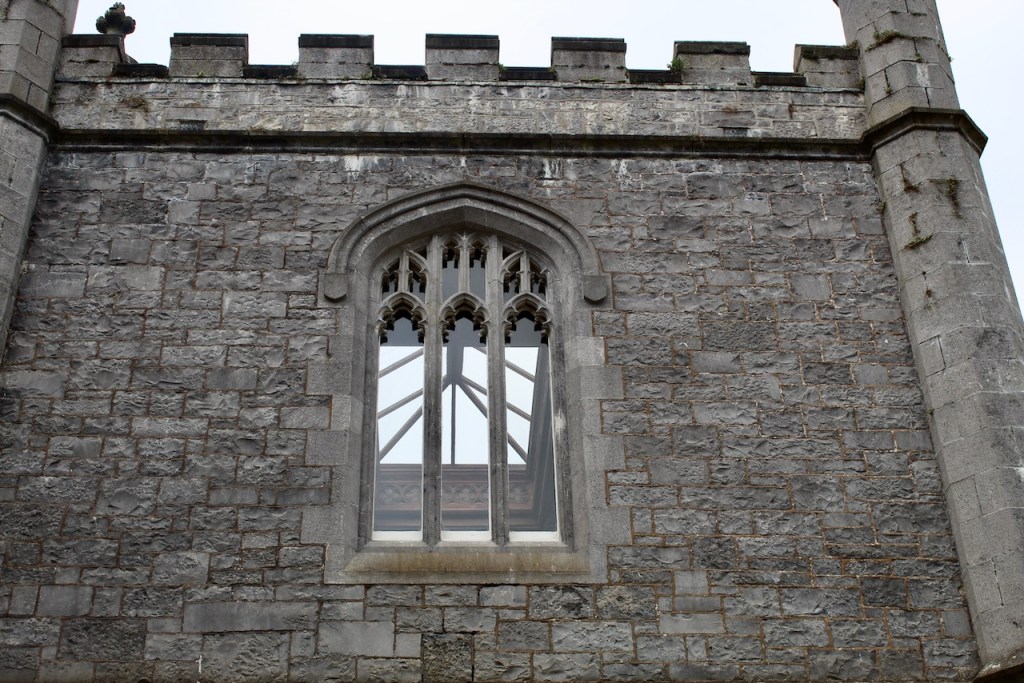
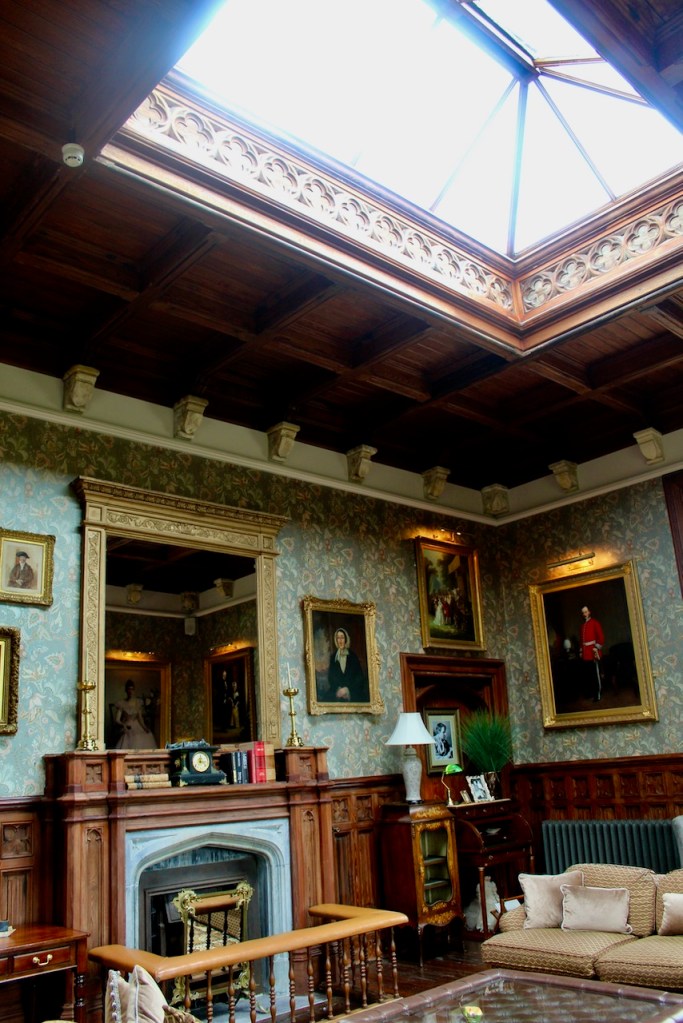


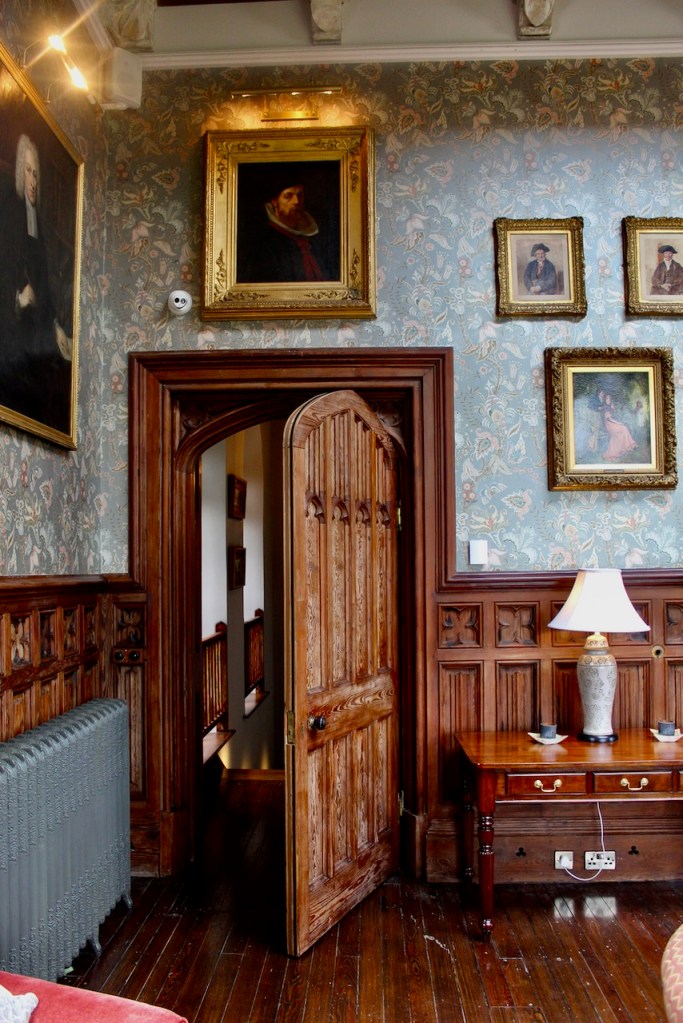
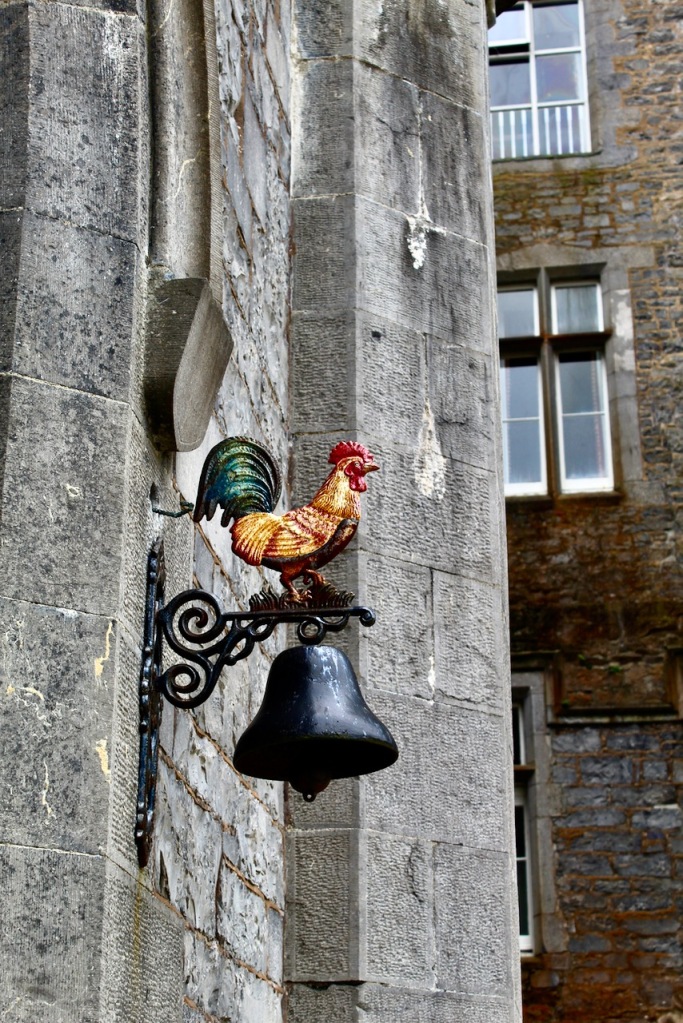
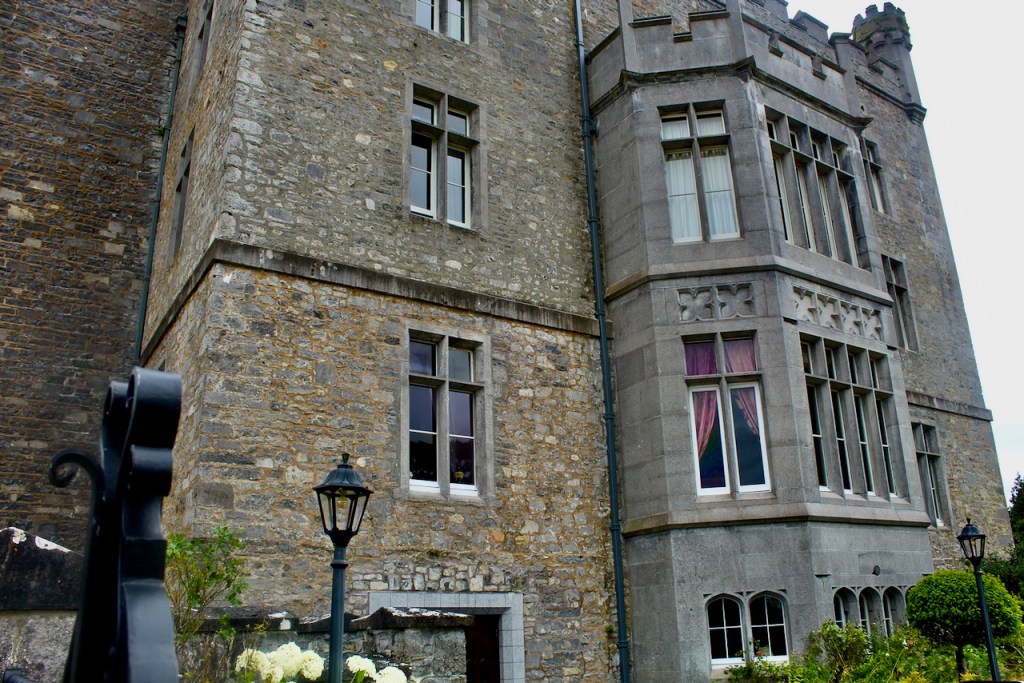

Wardrop also added the Gothic chapel.



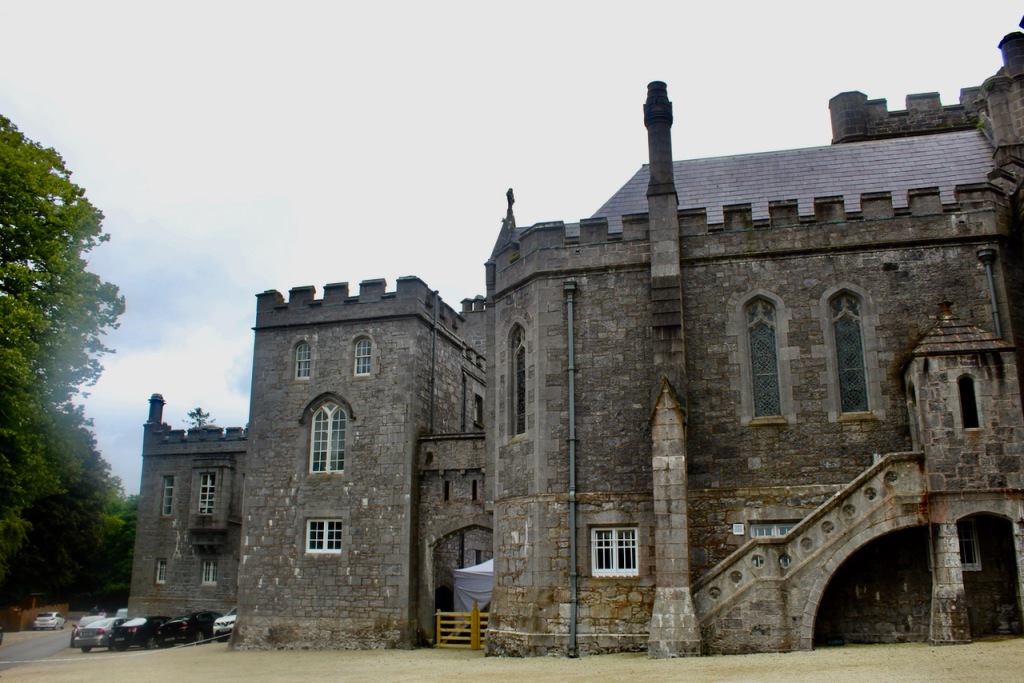
At the top of the vaulted entrance staircase one can go through to the main reception, or to the left, to the chapel.

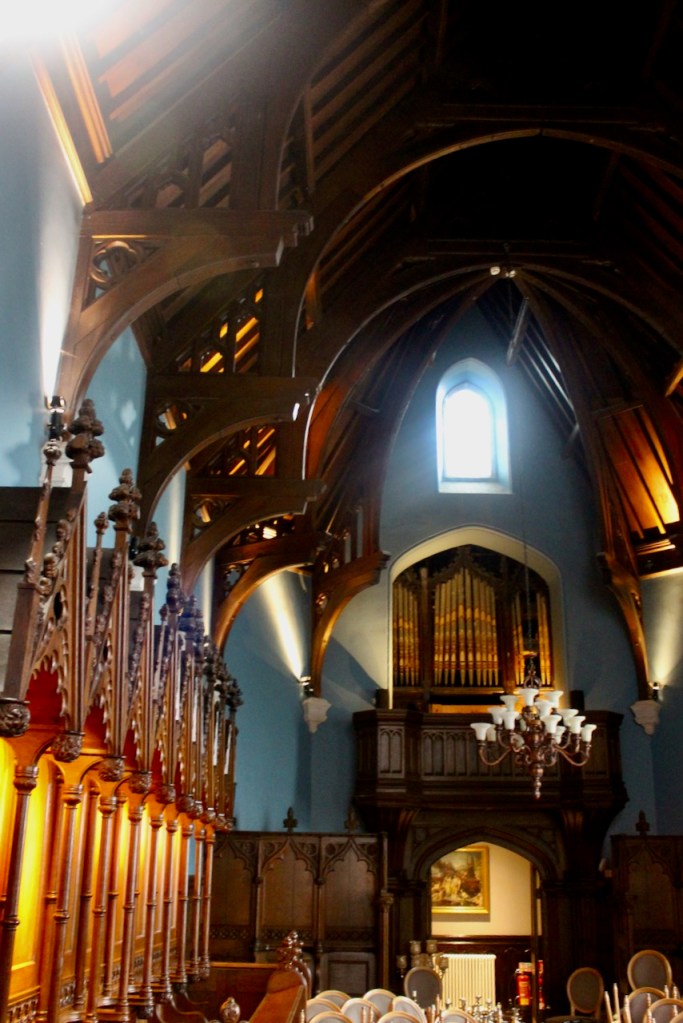


Edward Henry Cooper (1827-1902) was an Irish officer in the British Army, and a Conservative politician in the House of Commons in the UK. He was defeated in the 1868 election by the Liberal candidate Denis Maurice O’Conor from Clonalis in County Roscommon (another section 482 property still owned by its original family). When he died, Markree was inherited by his grandson Bryan Ricco Cooper (1884-1930), who was born in Simla in India. He was an MP for South Country Dublin (1910) at Westminster, and was involved in the Gallipoli landings during World War I. During the Irish Civil War in the 1920s, Markree Castle was occupied briefly by the Irish Free State army. Bryan Ricco Cooper was elected to Dail Eireann after Independence. He sold much of the estate’s land but continued to live at Markree.
The Castle stood empty and derelict for several years after World War II, and featured on the front cover of The Vanishing Country Houses of Ireland in 1988, illustrating the decay of many great houses at the time. Charles Philip Cooper, a grandson of Bryan Ricco, who had worked in the hotel industry, converted Markree into a hotel in 1989.
The reception hall is surrounded by a carved wooden gallery and contains a Victorian double staircase of oak, lit by a heraldic stained glass window illustrating the family tree with portraits of ancestors and monarchs.

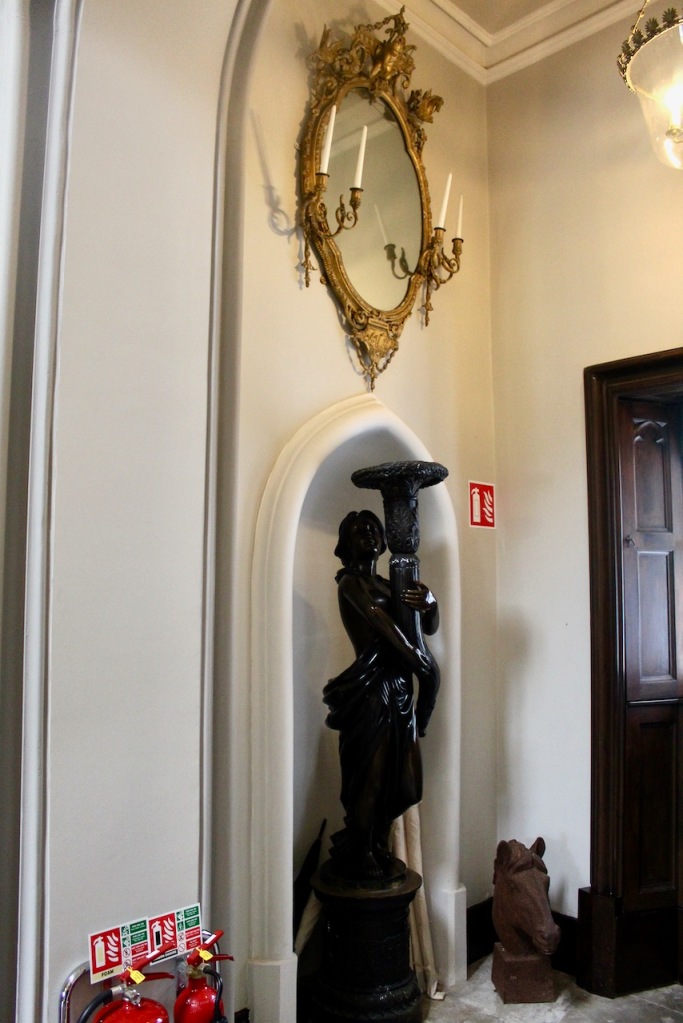
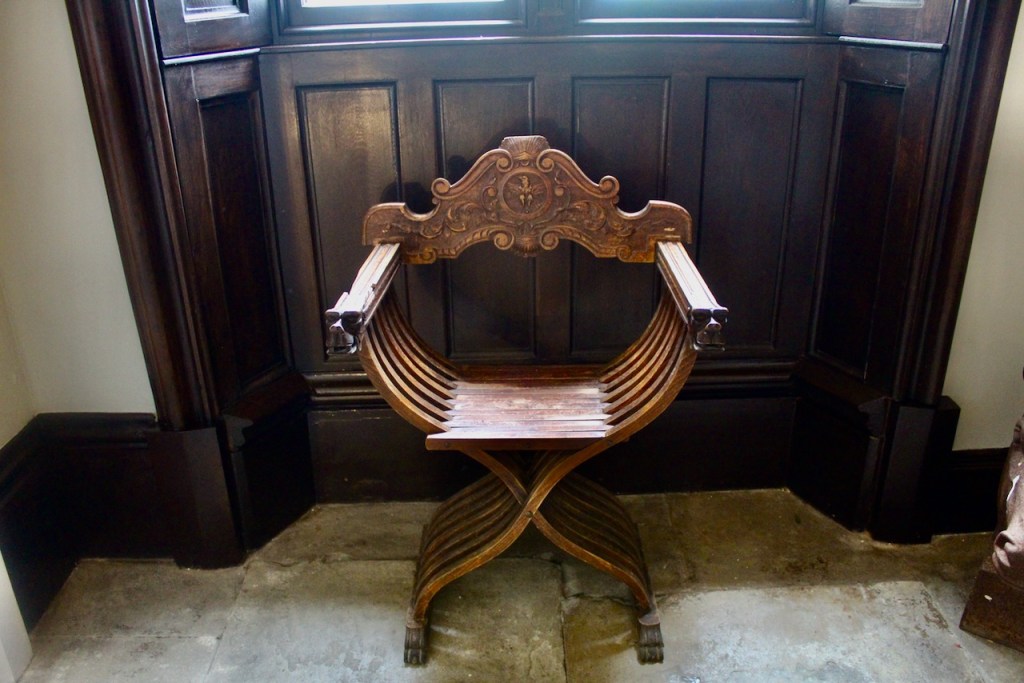

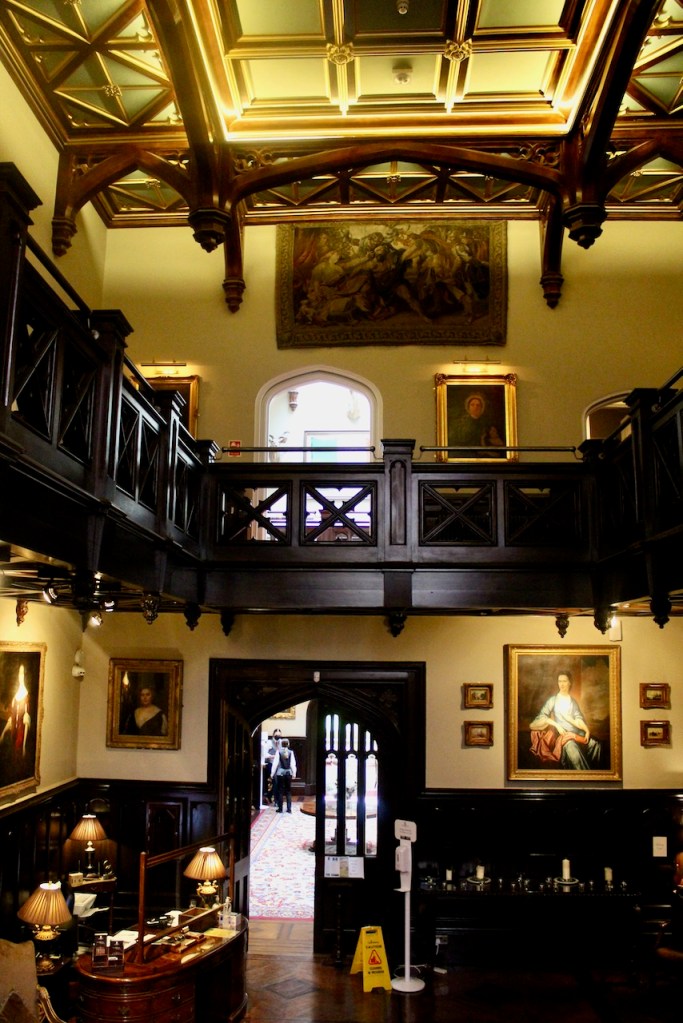

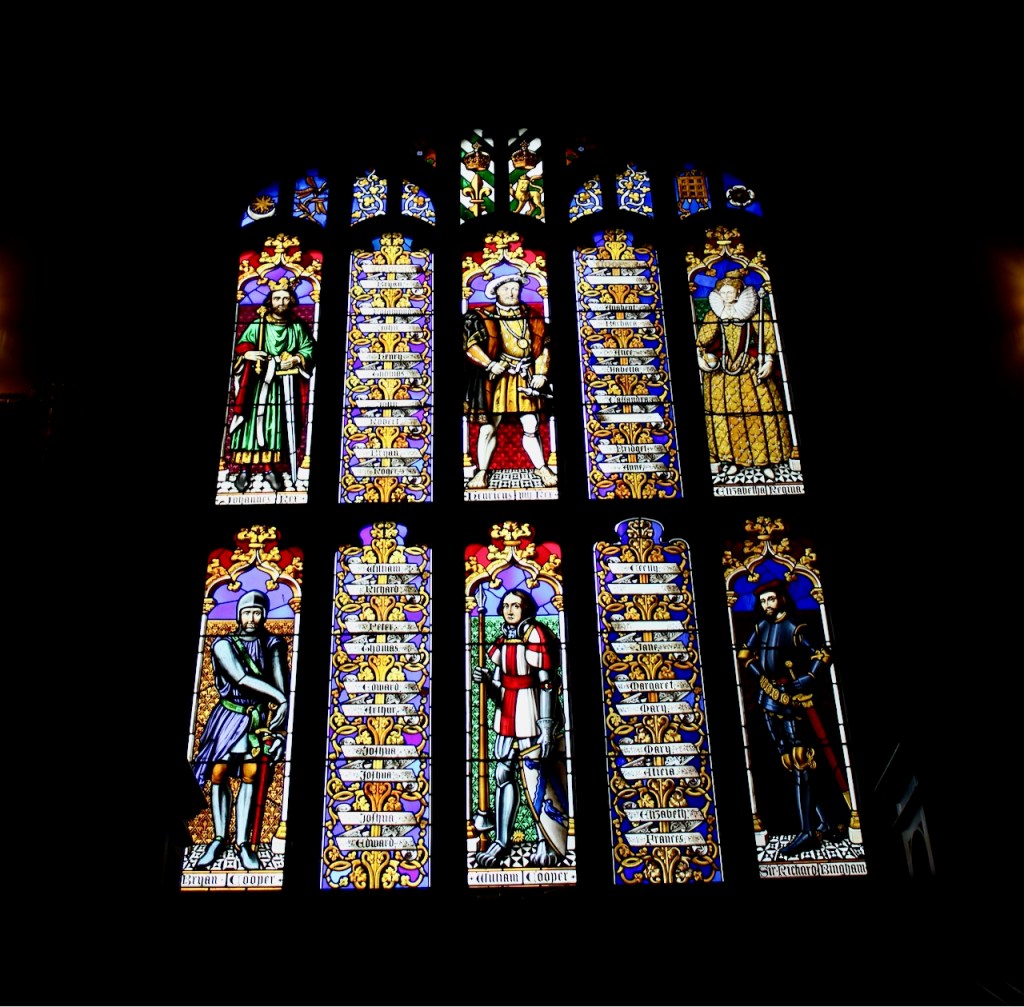
According to Mark Bence-Jones, the great top-lit galleried hall with a timbered roof is located where Johnston’s staircase used to be.

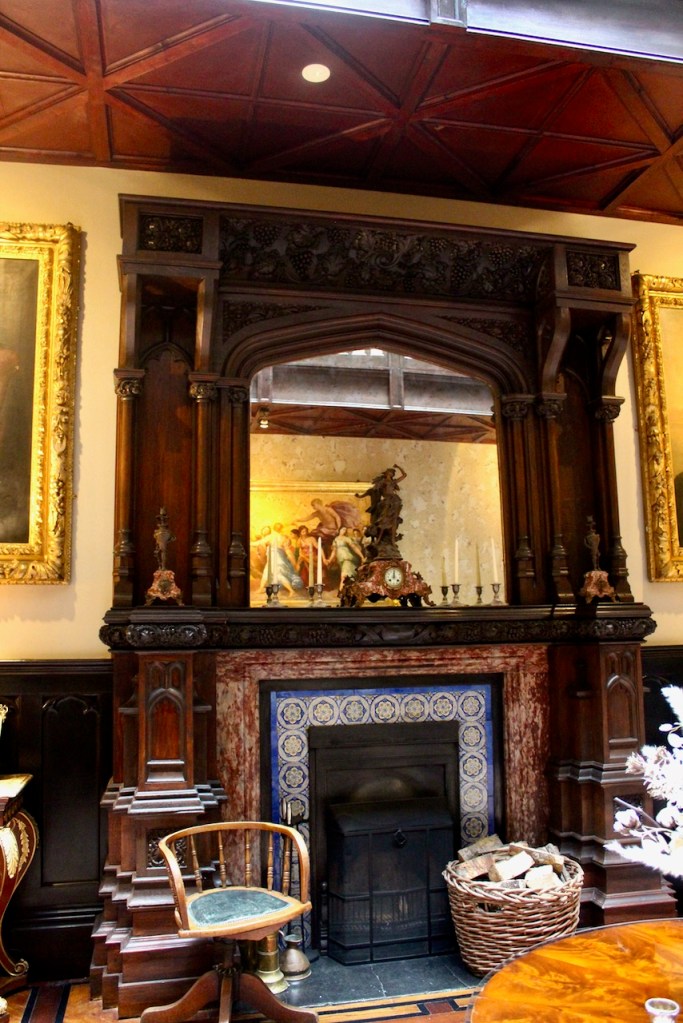

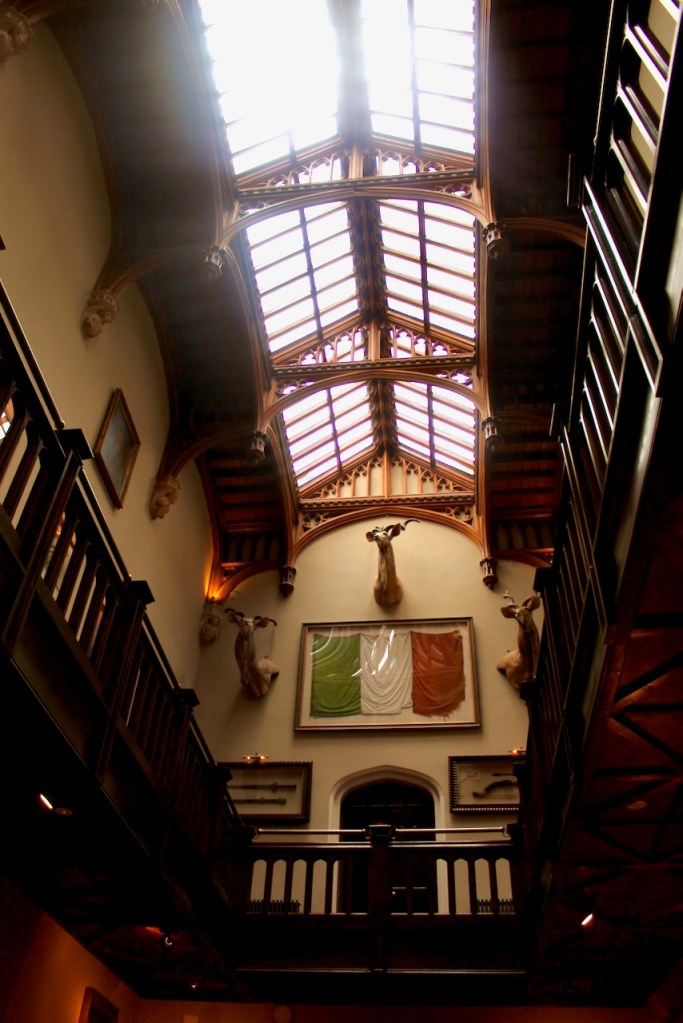
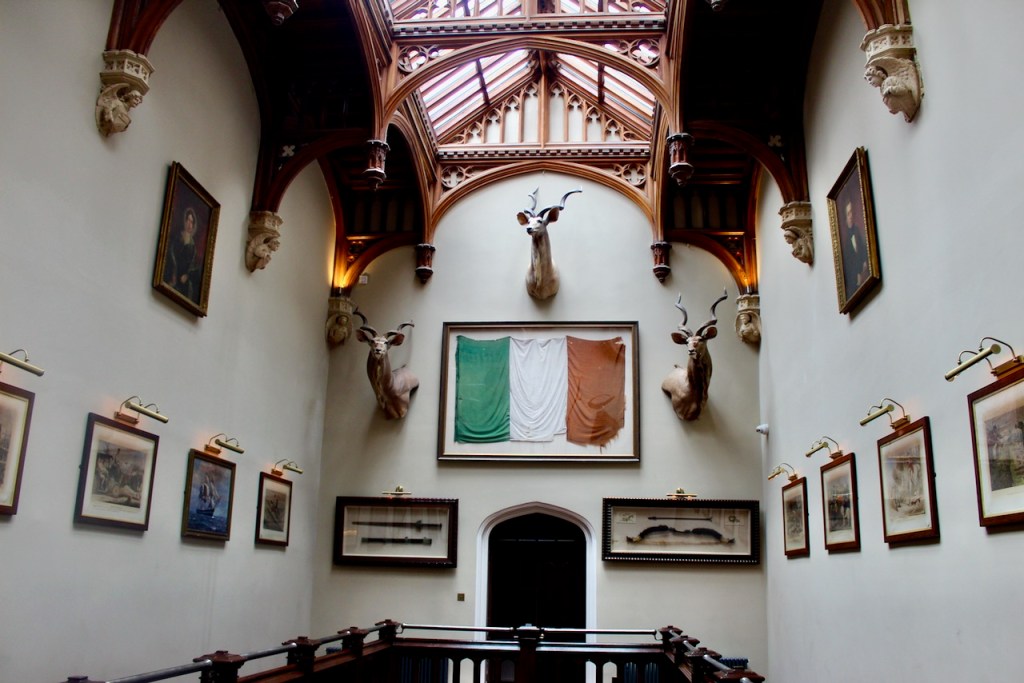

It was hard to capture it all in photographs, there were so many details!
A long library divided by pairs of grey marble Ionic columns has been formed out of Johnston’s entrance.
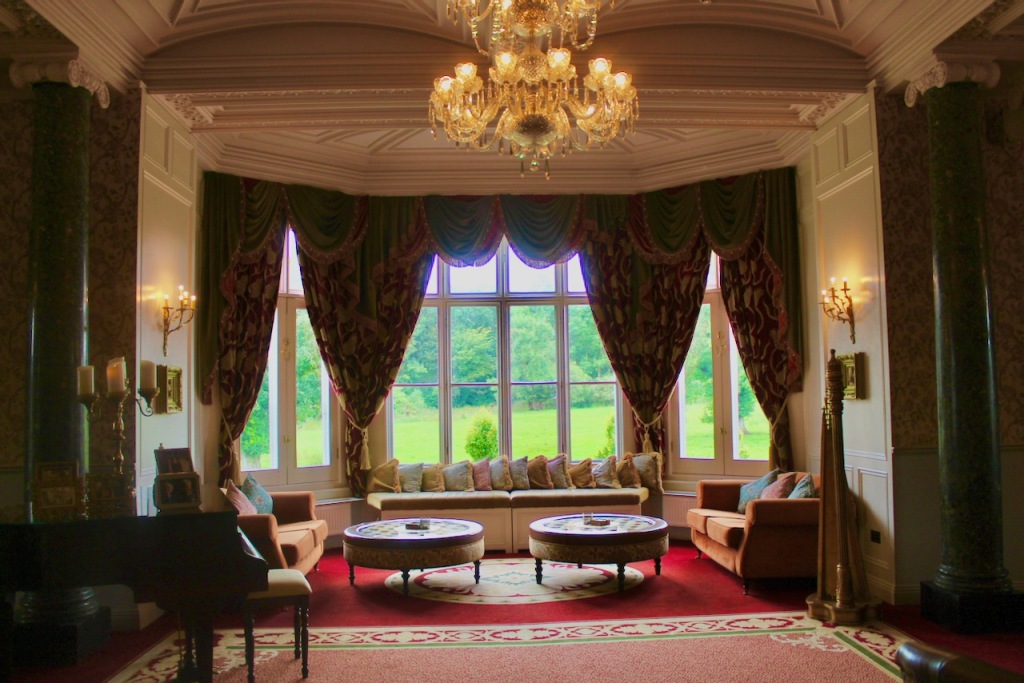
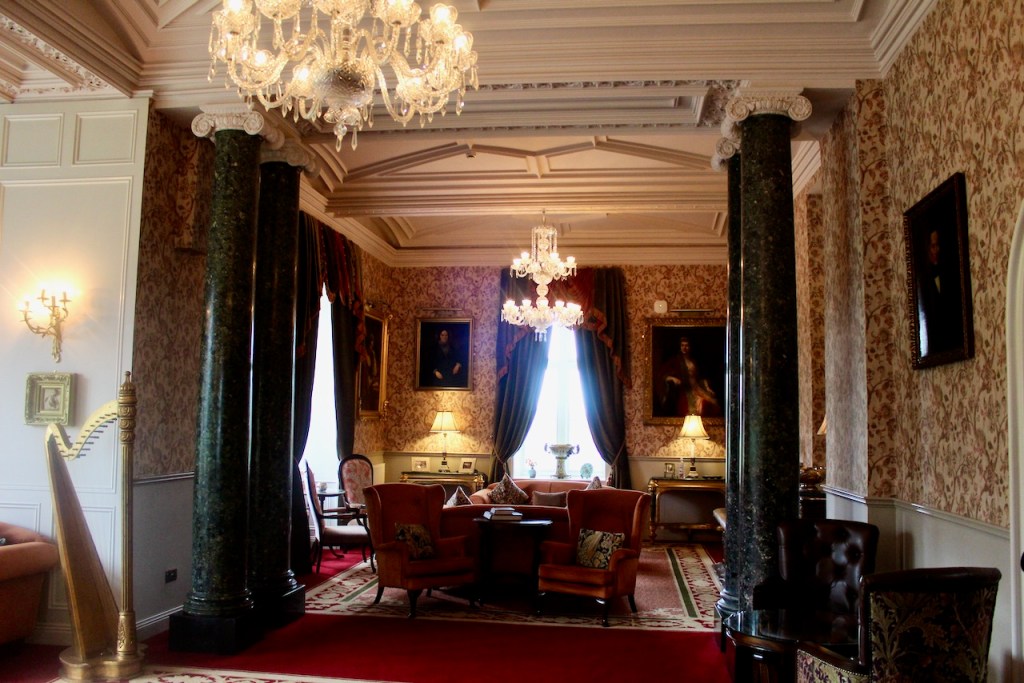
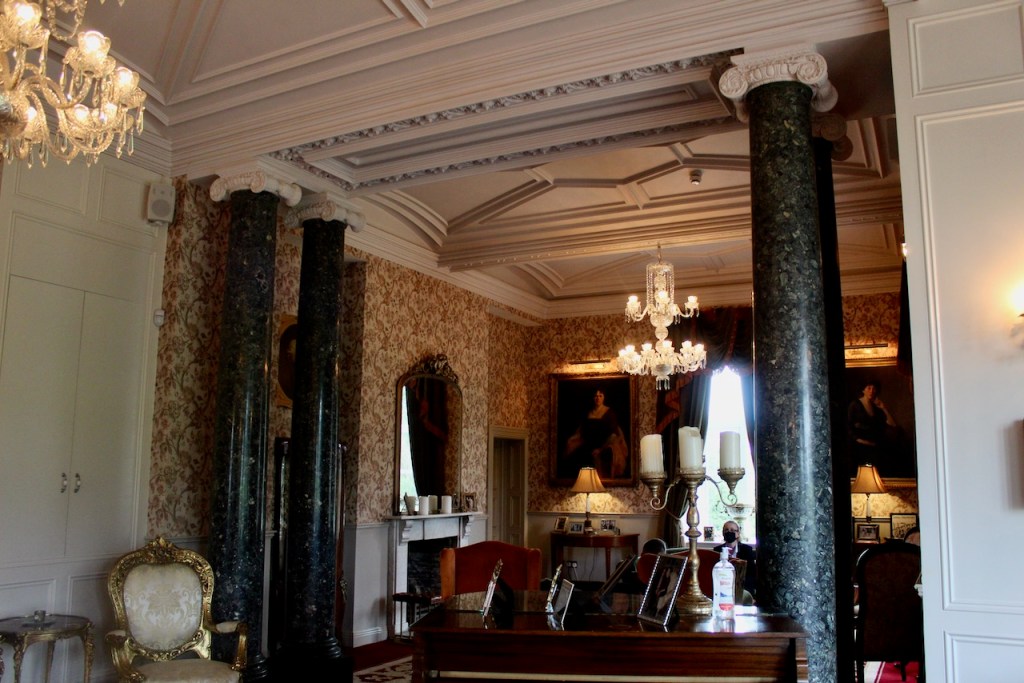
The large drawing room in Johnston’s round-faced tower in the middle of the garden front, and the ante-room adjoining it, which are now the dining room, were redecorated between 1837 and 1863 by Edward Joshua Cooper, MP, in an ornate Louis Quatorze style, with much gilding and “well-fed” putti in high relief supporting cartouches and trailing swags of flowers and fruits.
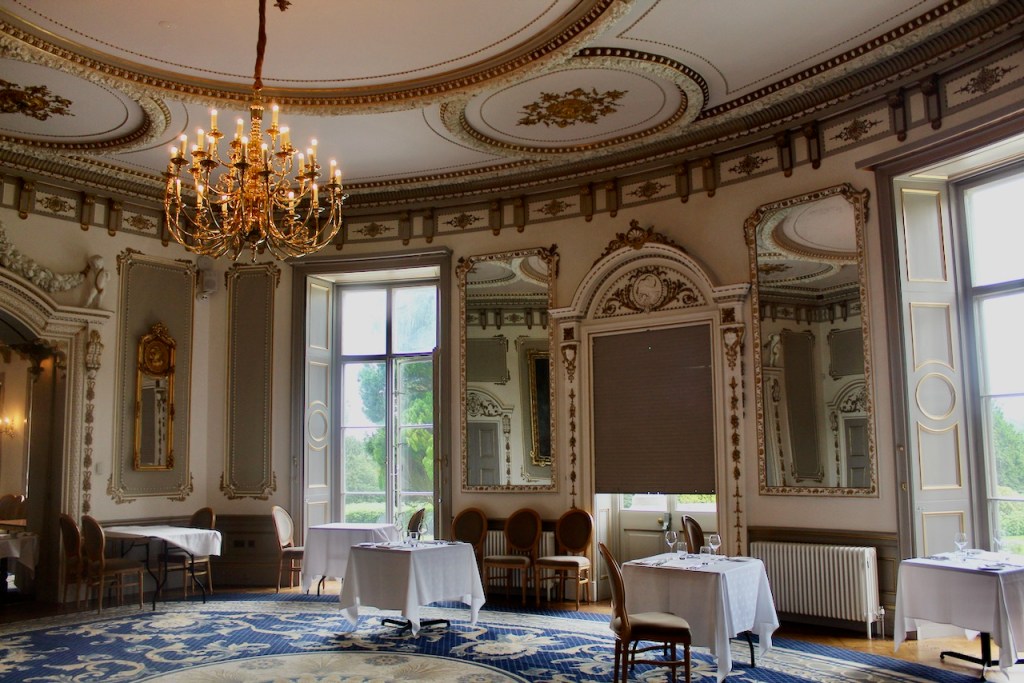

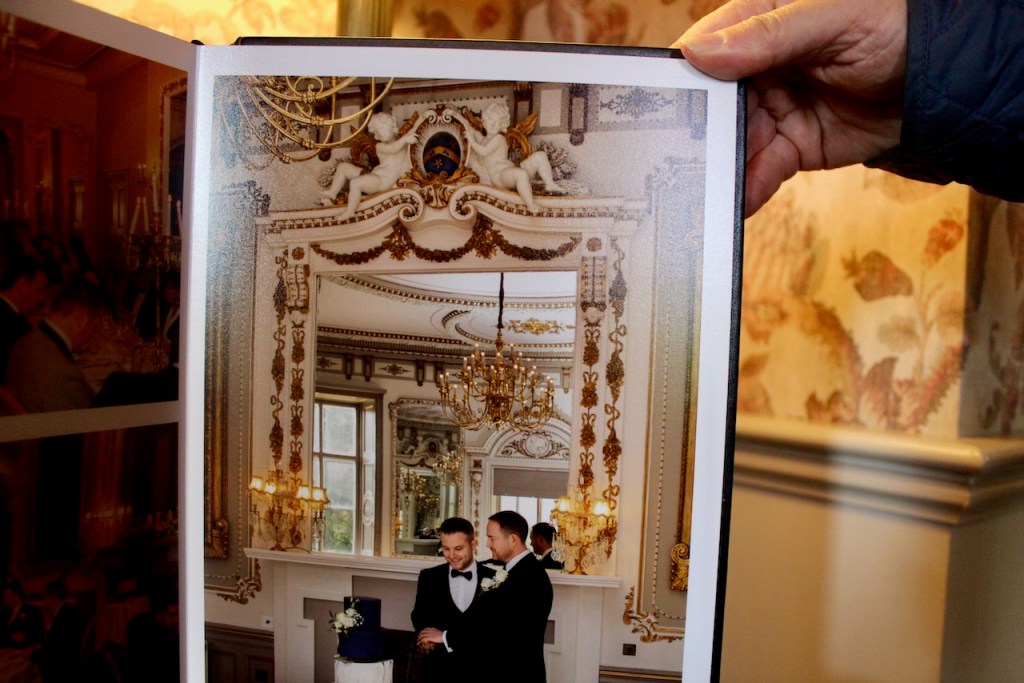
Unfortunately nobody could explain the fabric of the building and its stages of renovation and enlargement and the manager was unable to identify the portraits on the walls. However, we asked to see inside a bedroom, and were taken down to the basement to see the honeymoon suite. The basement is the oldest part of the castle.




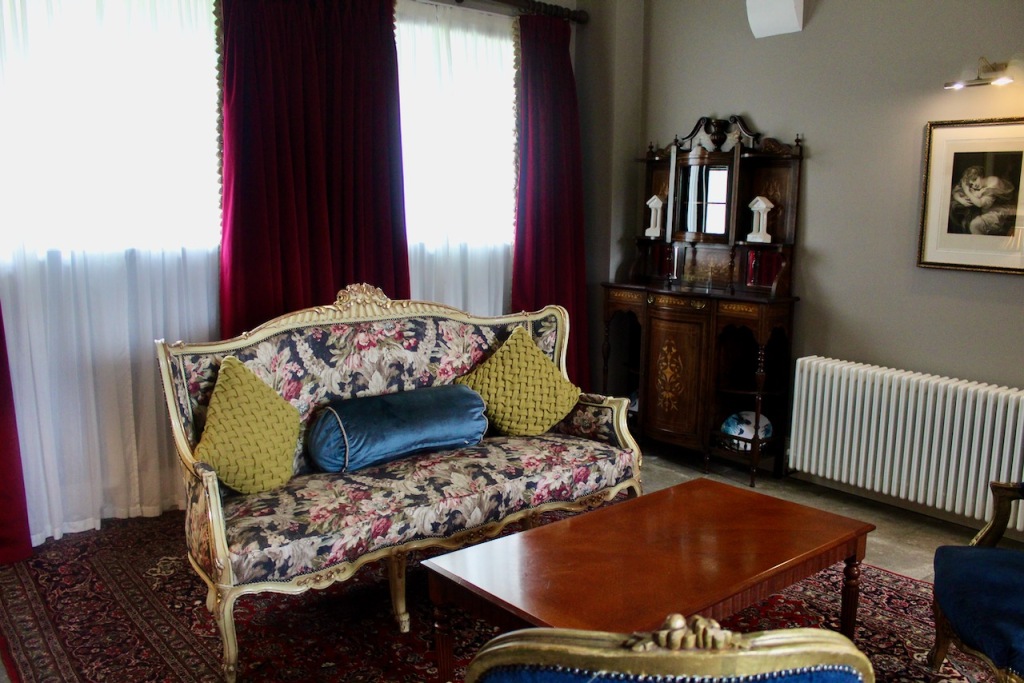
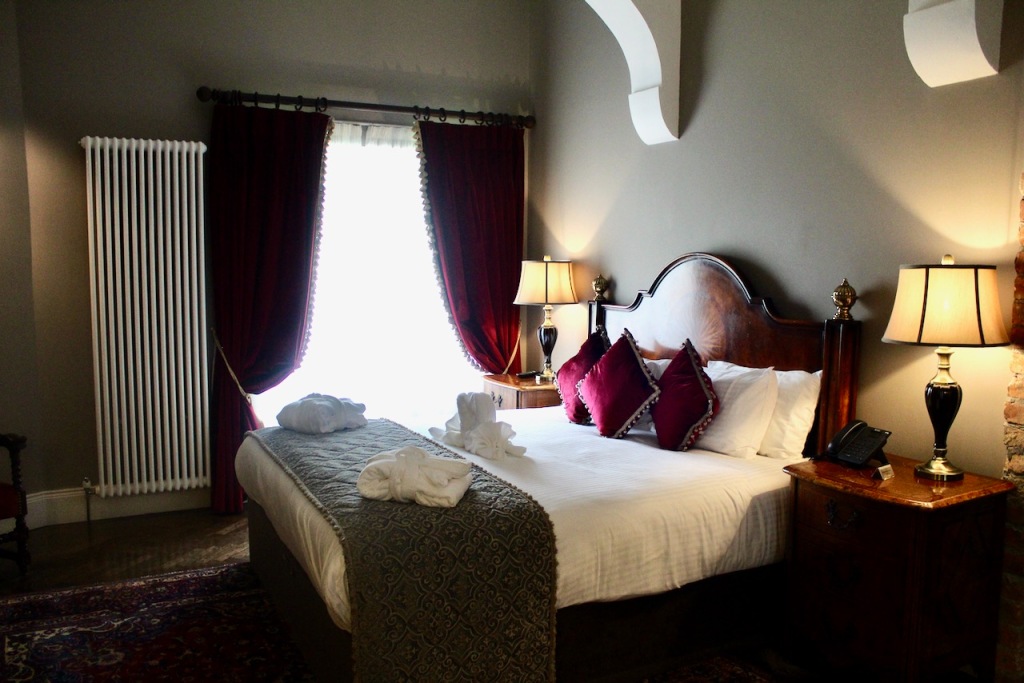


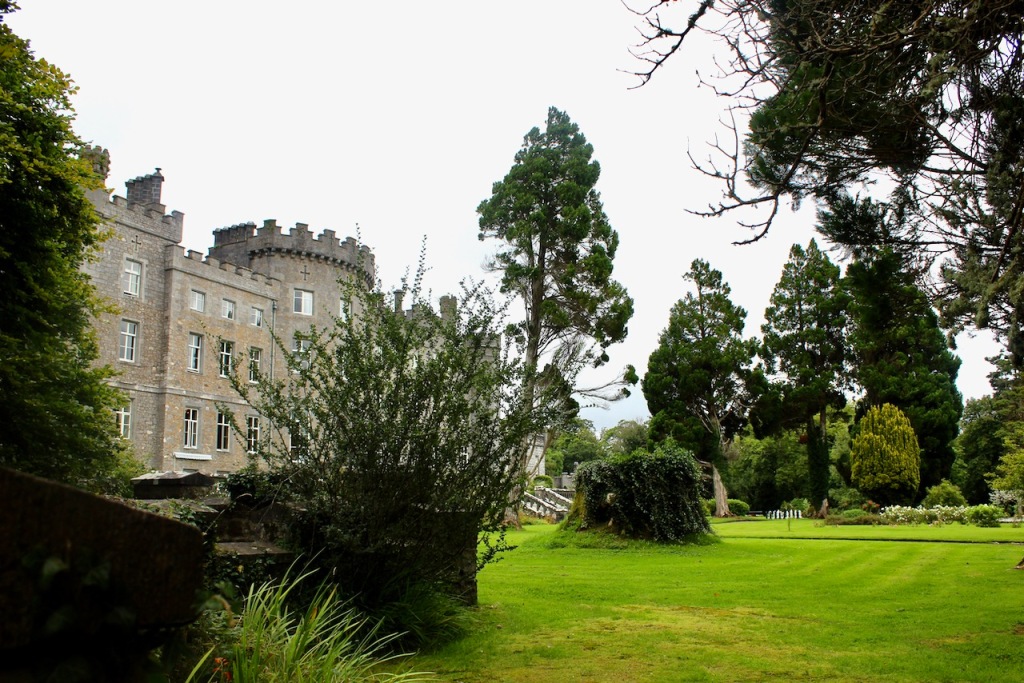



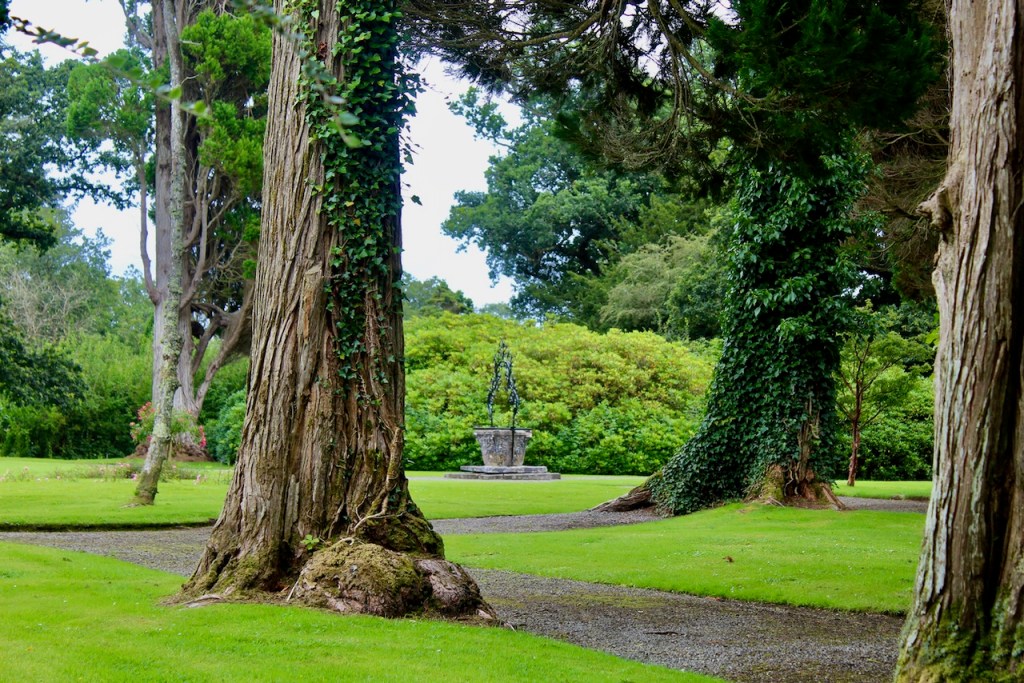
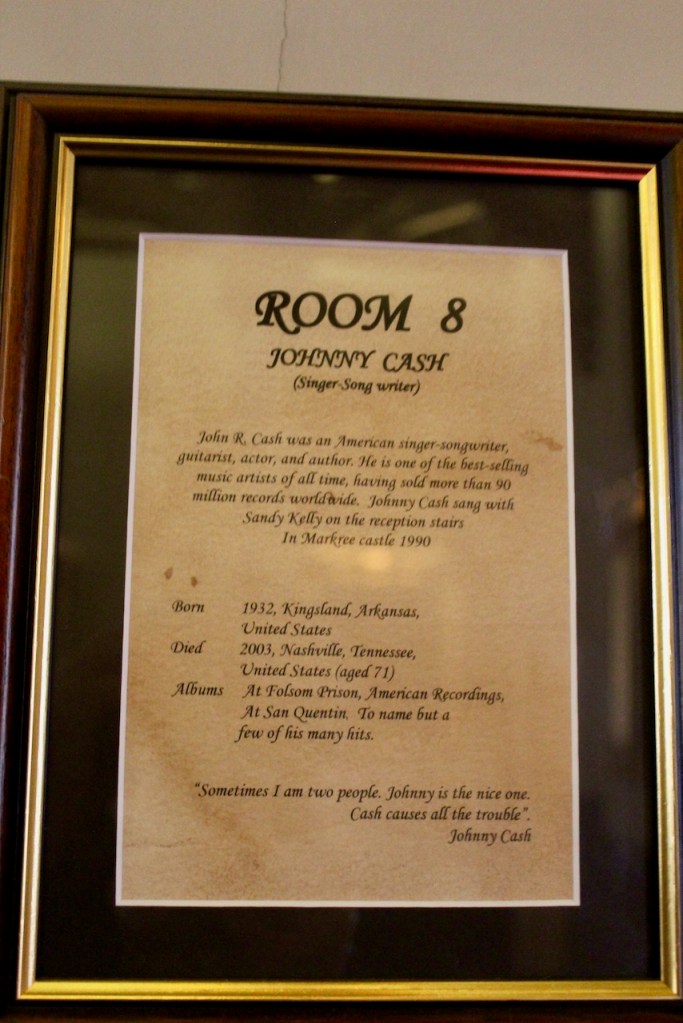
[2] http://www.markreehomefarm.ie
[3] http://landedestates.nuigalway.ie/LandedEstates/jsp/property-list.jsp?letter=M
[4] http://www.patrickcomerford.com/search/label/castles
[5] http://thepeerage.com/p37382.htm#i373817
[6] Dictionary of Irish Biography, https://www.dib.ie/biography/cooper-joshua-a2017
[8] p. 201. Mark Bence-Jones. A Guide to Irish Country Houses. Originally published as Burke’s Guide to Country Houses volume 1 Ireland by Burke’s Peerage Ltd. 1978; Revised edition 1988 Constable and Company Ltd, London.
Text © Jennifer Winder-Baggot, www.irishhistorichouses.com